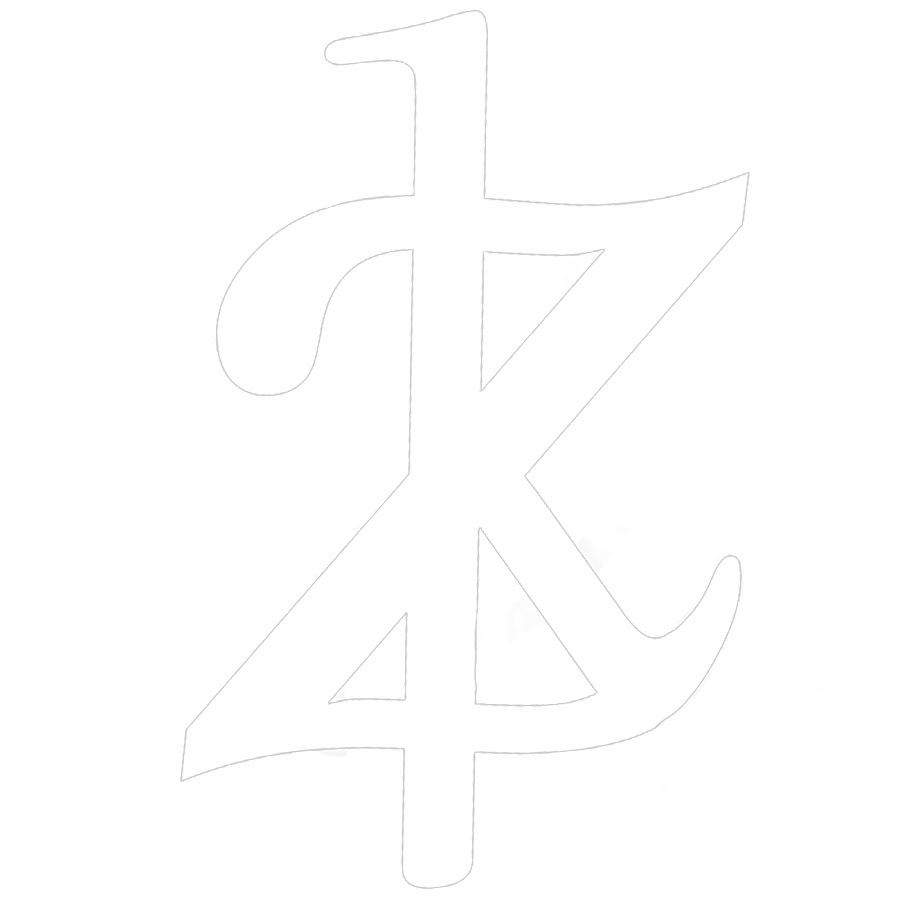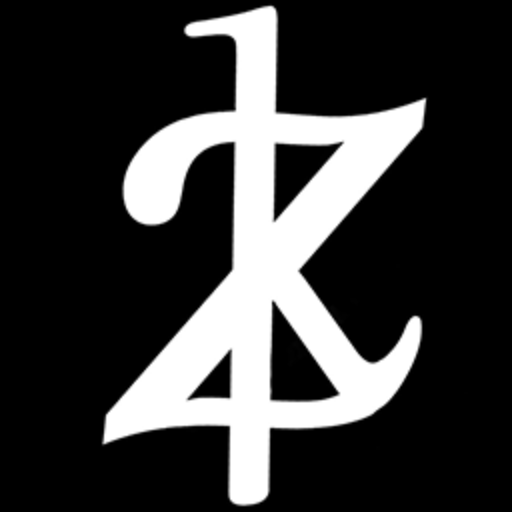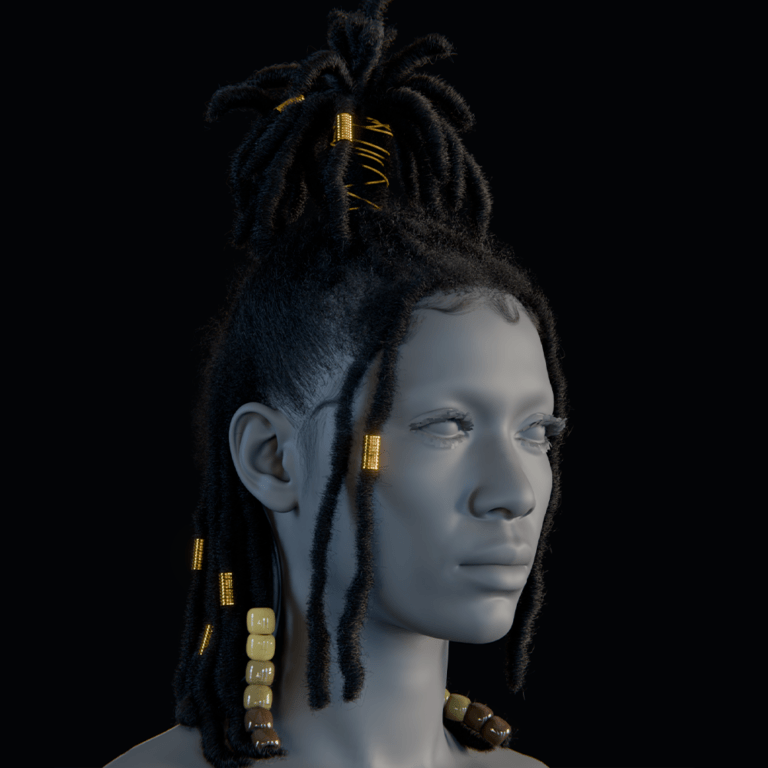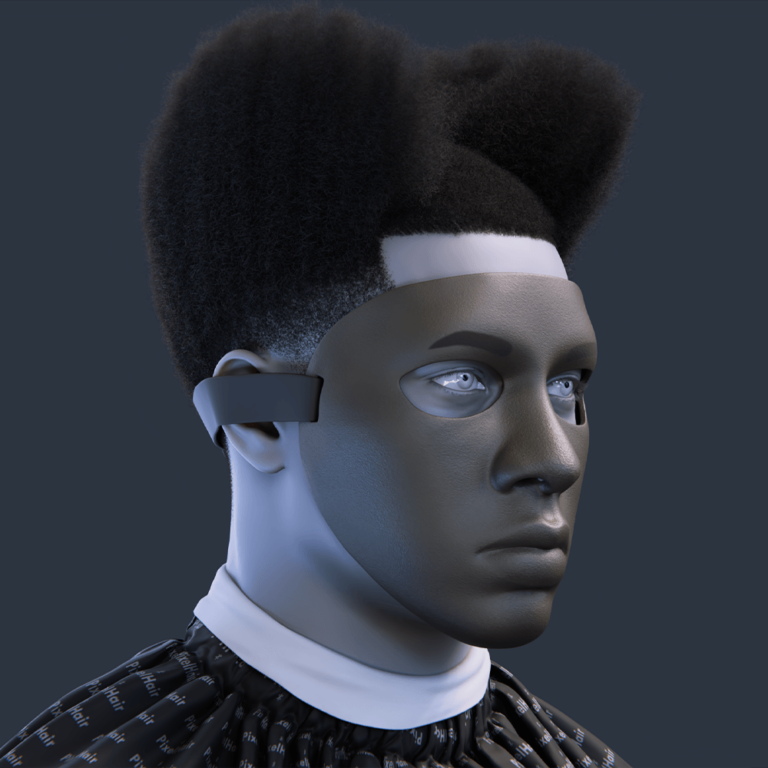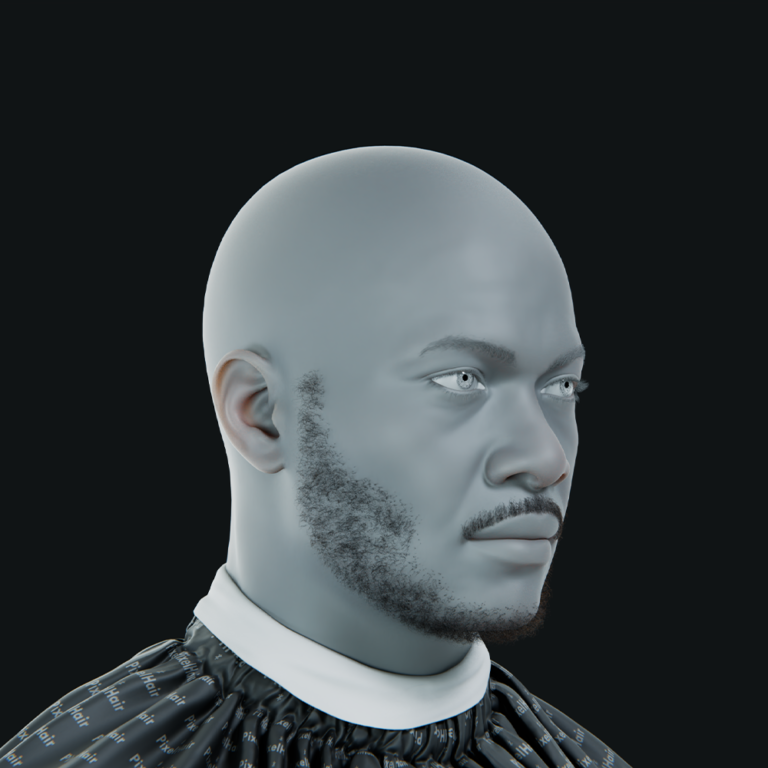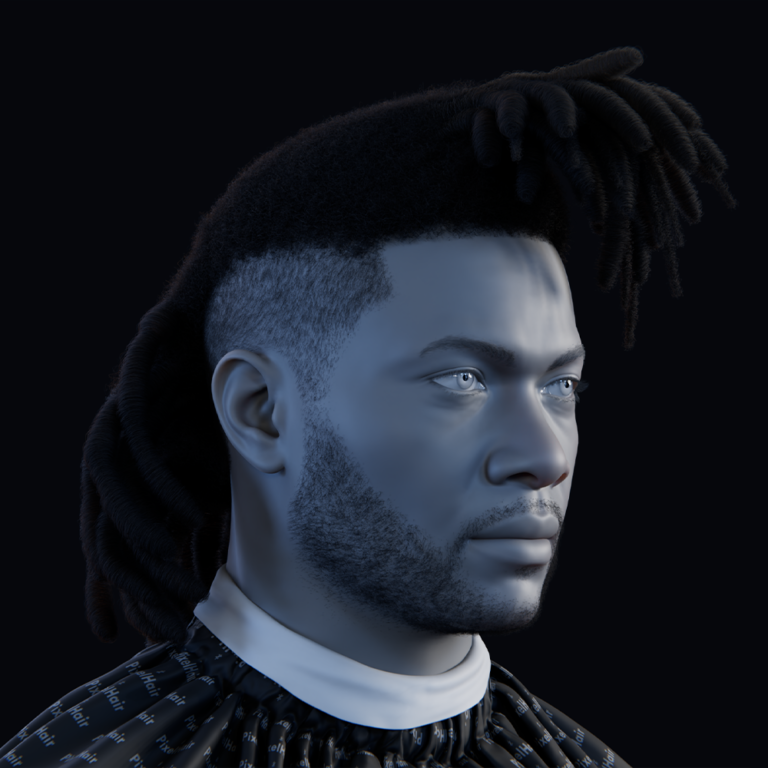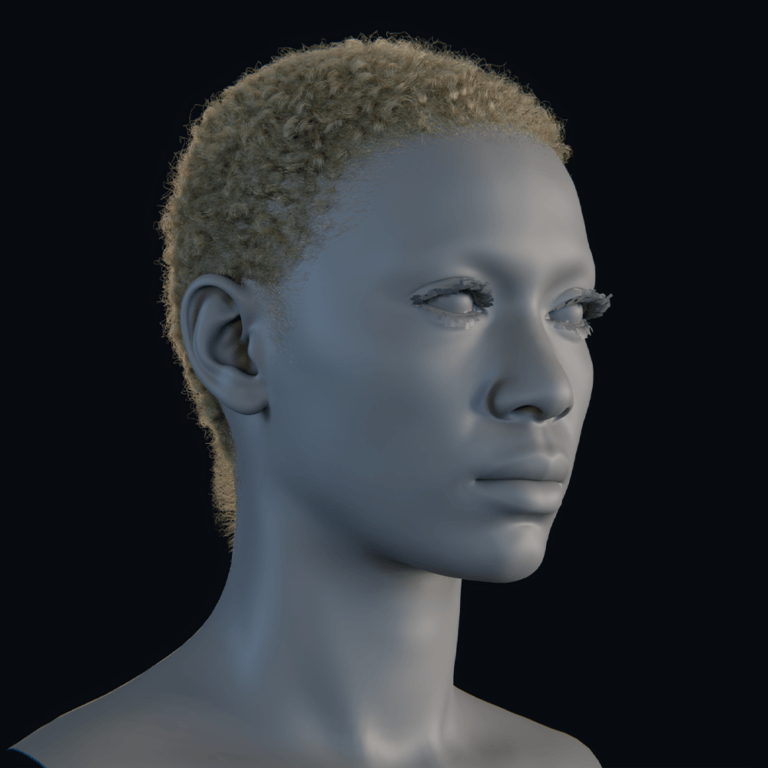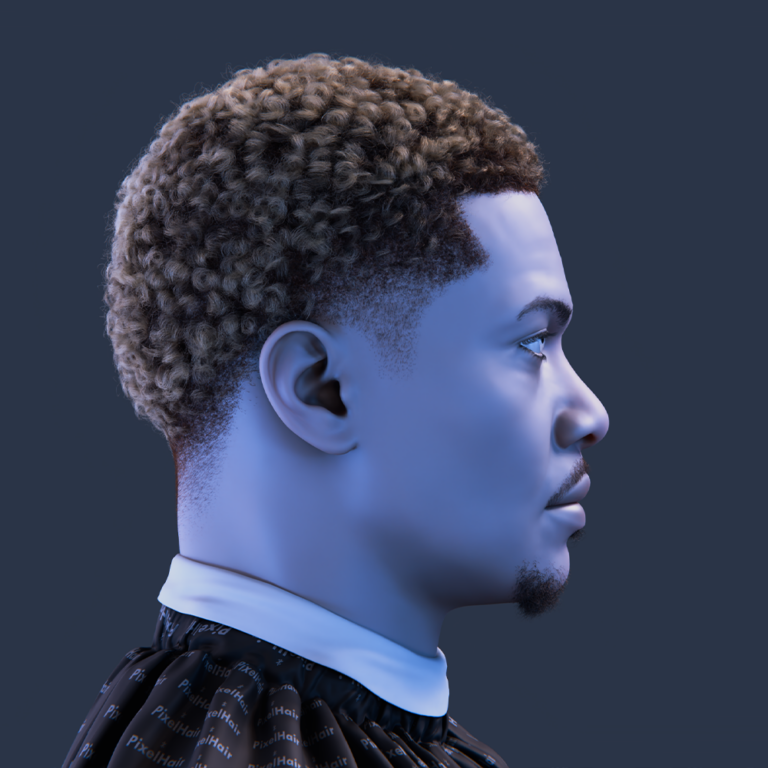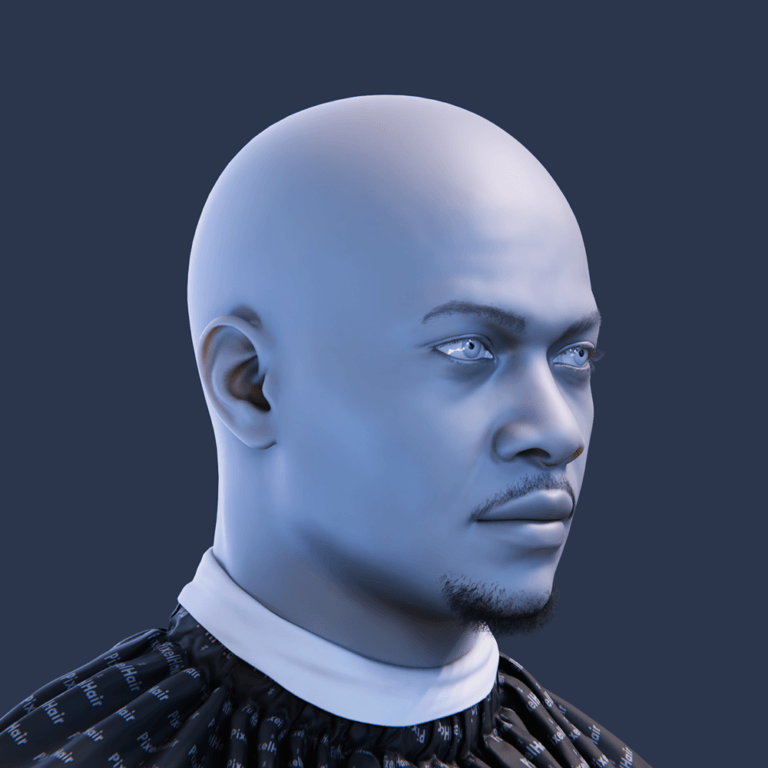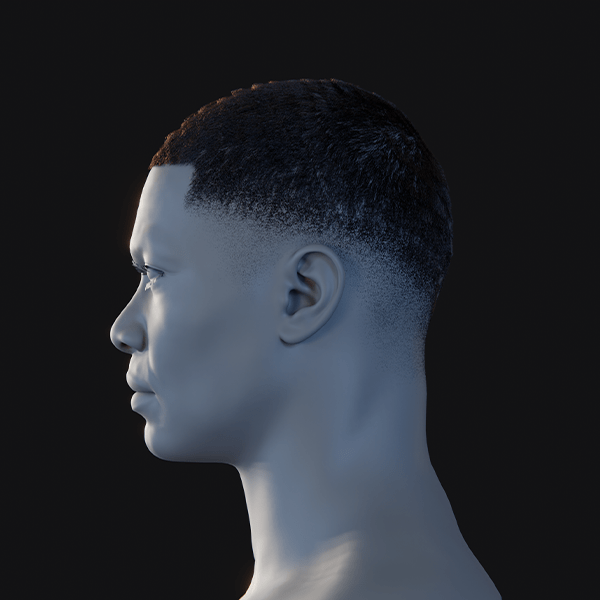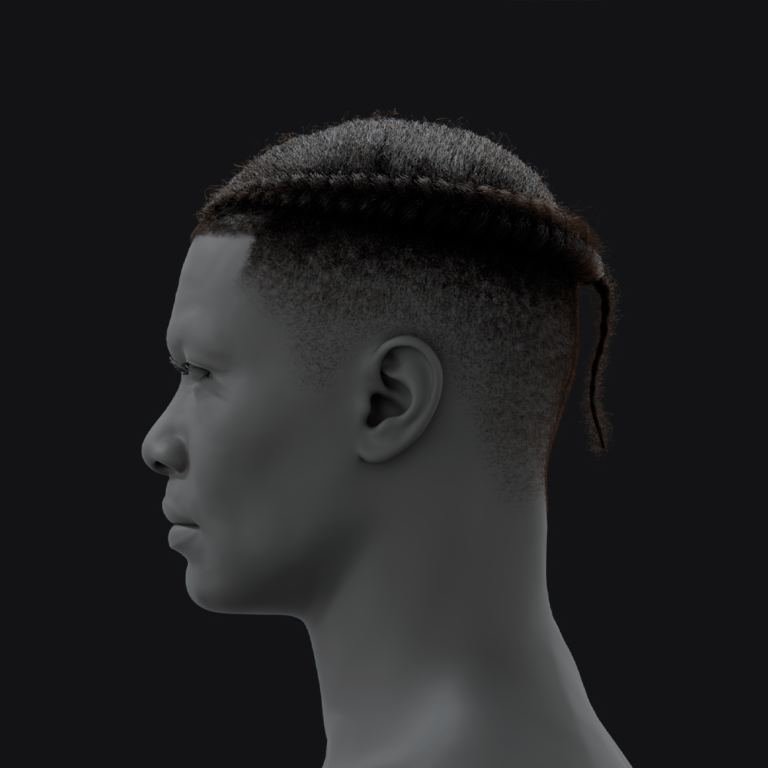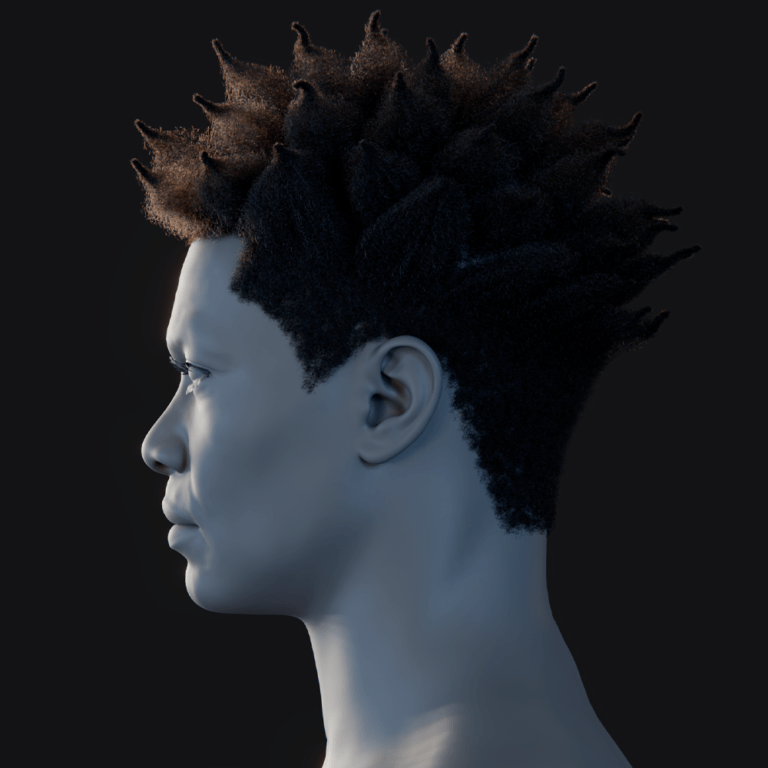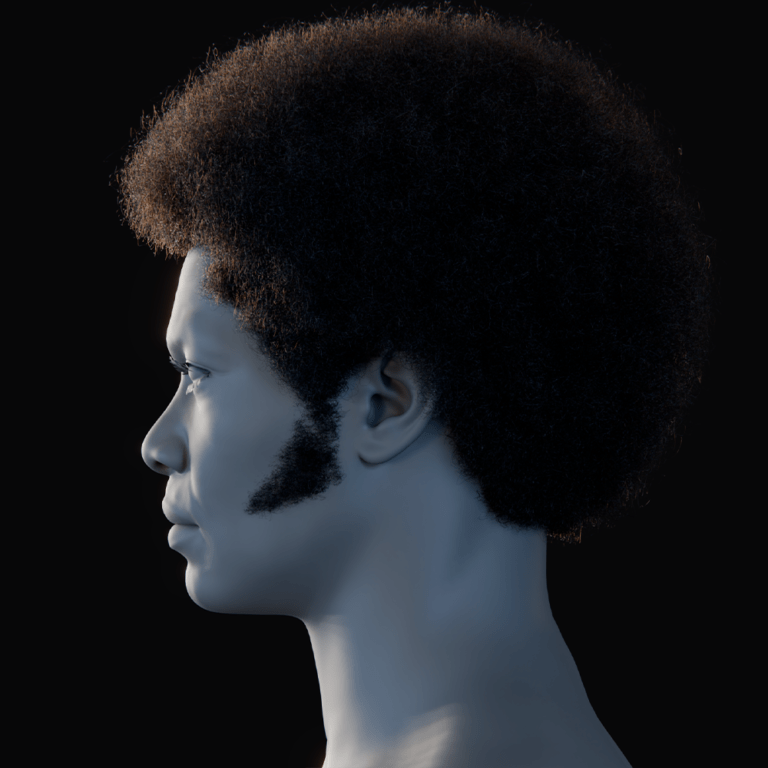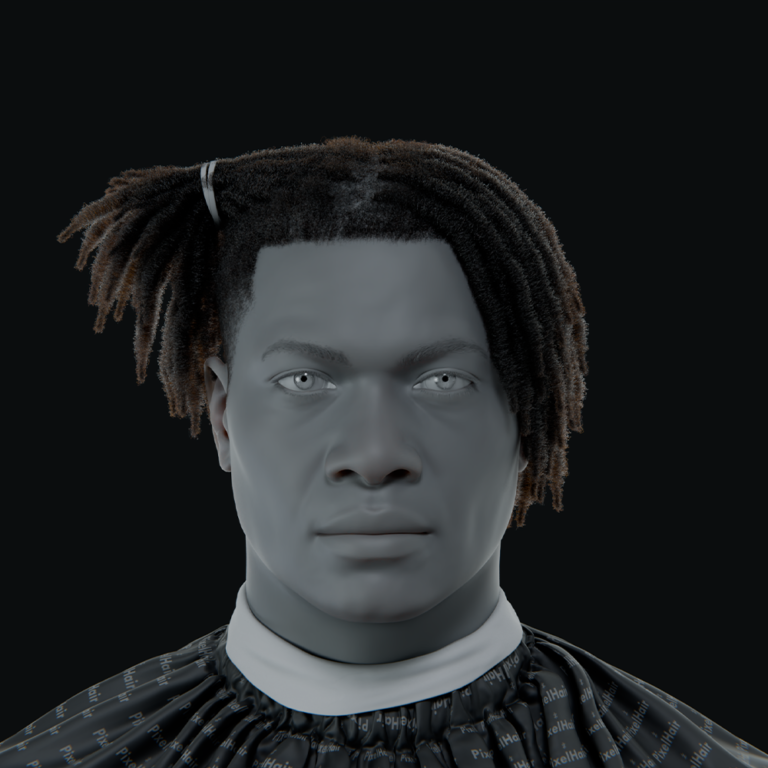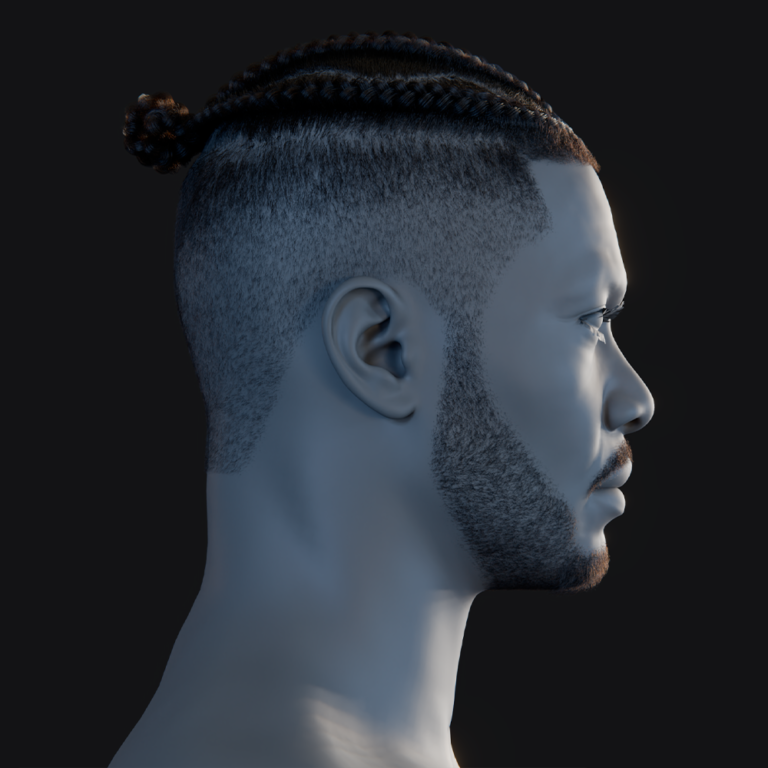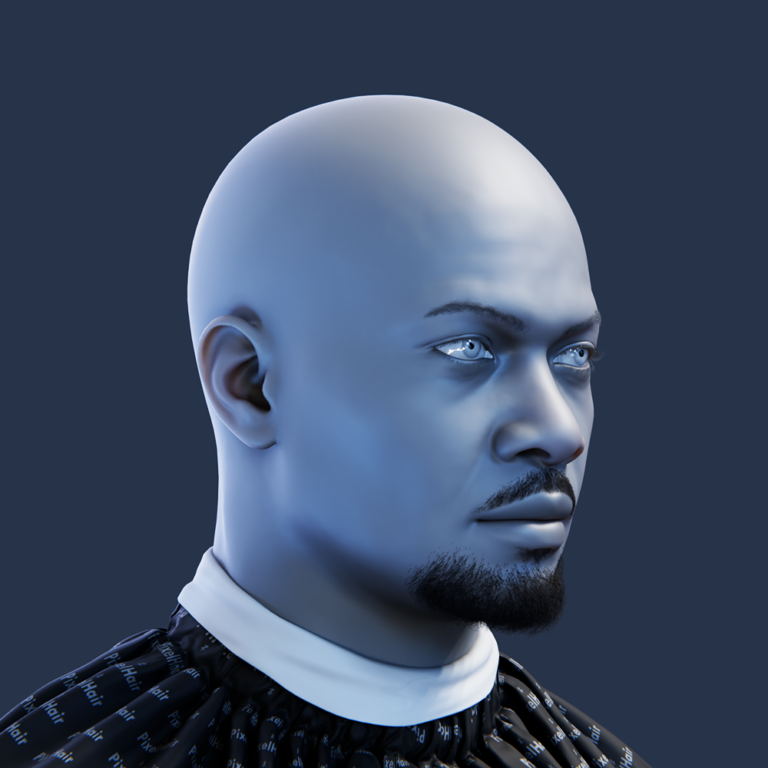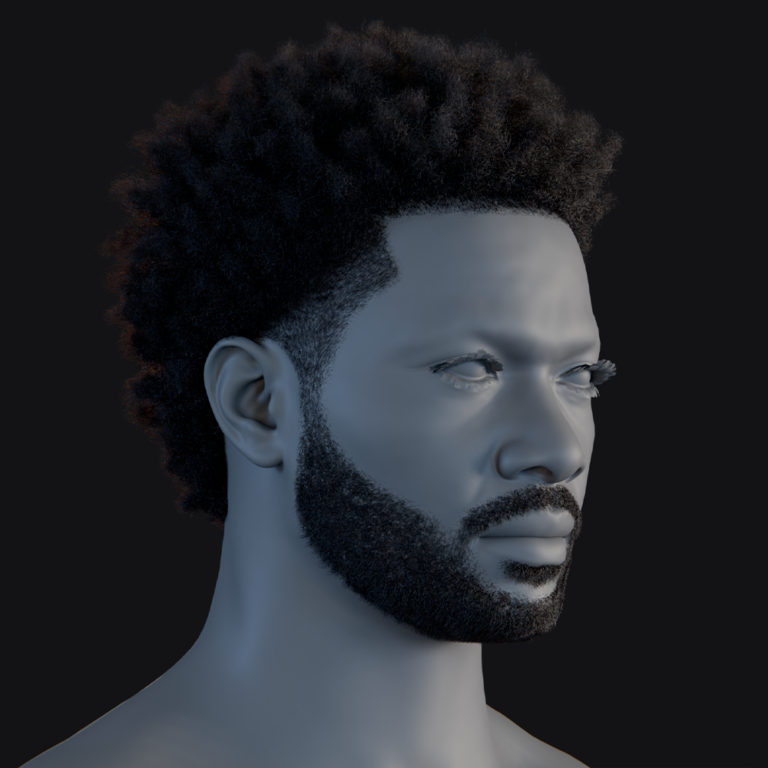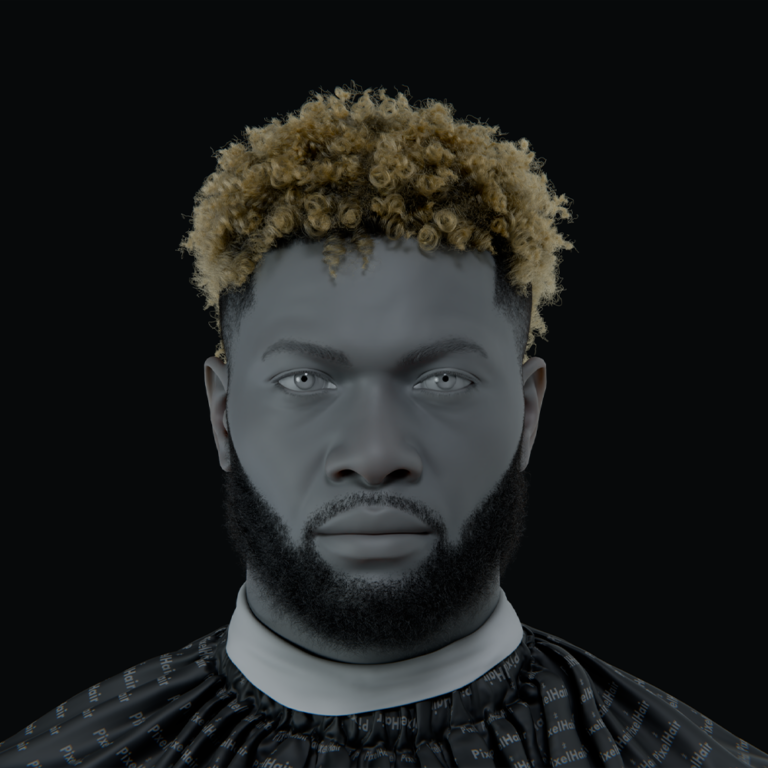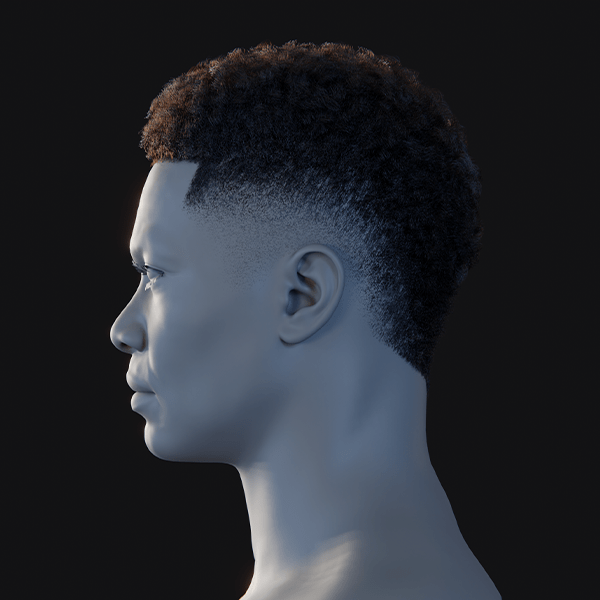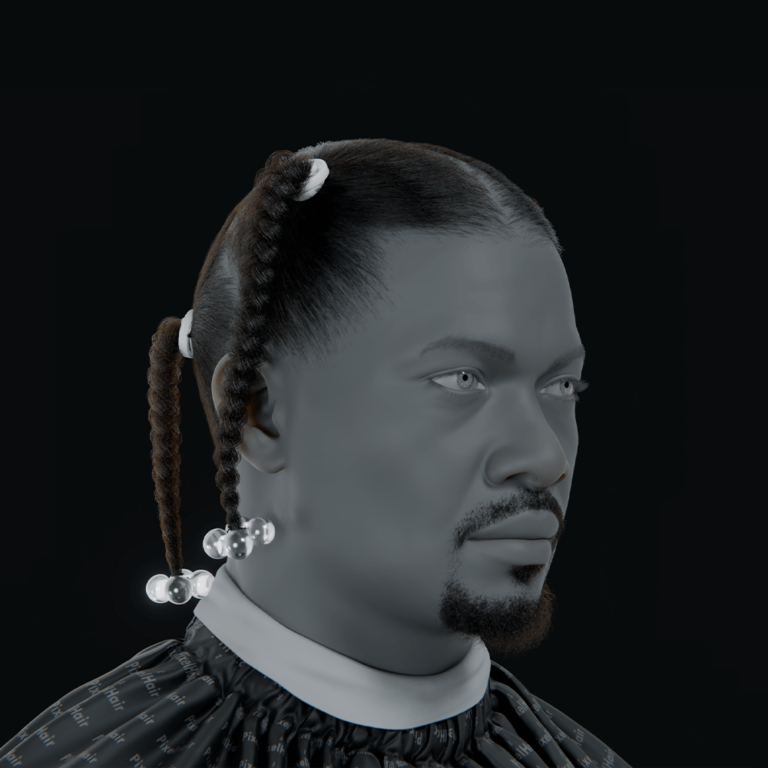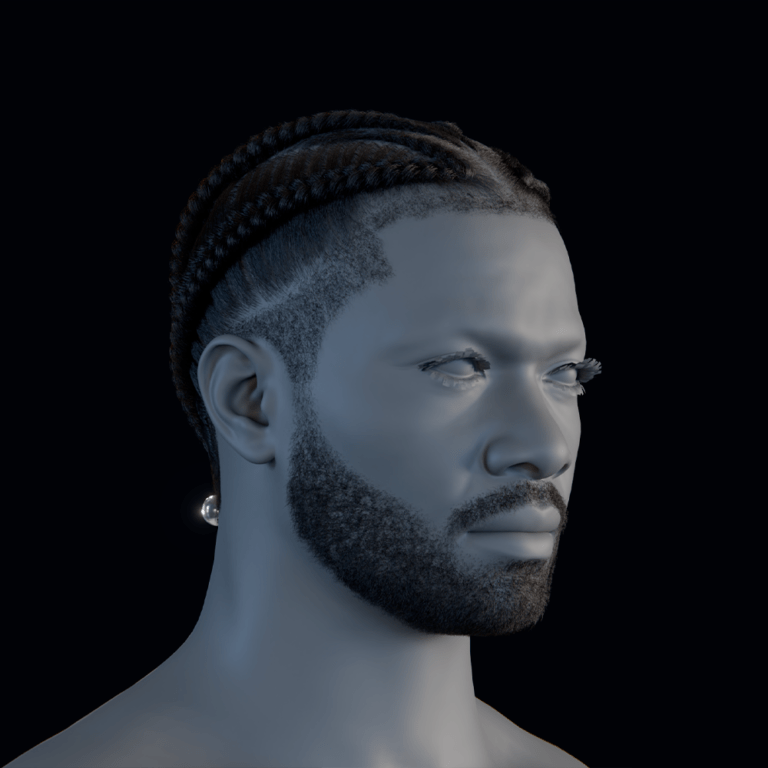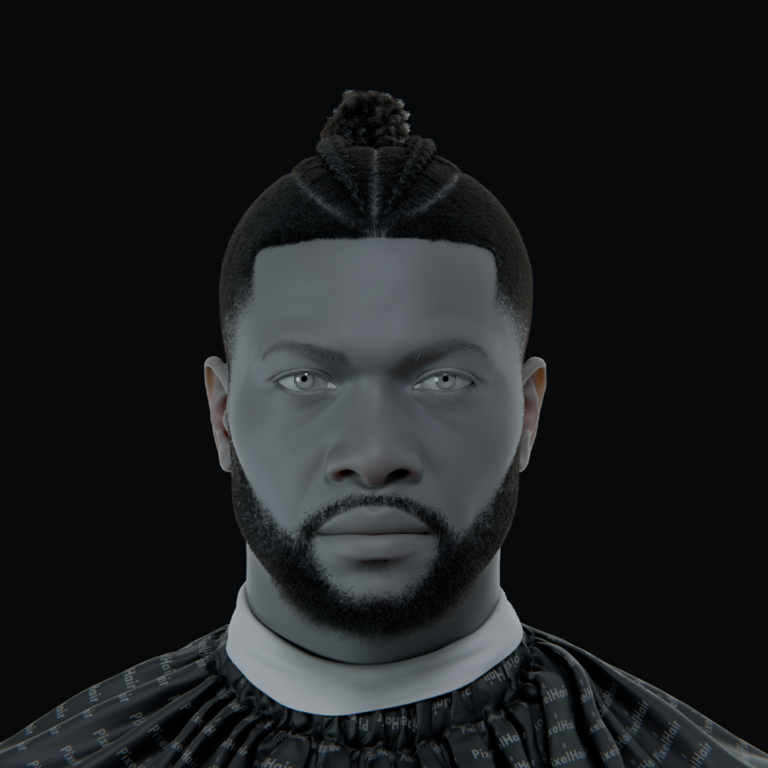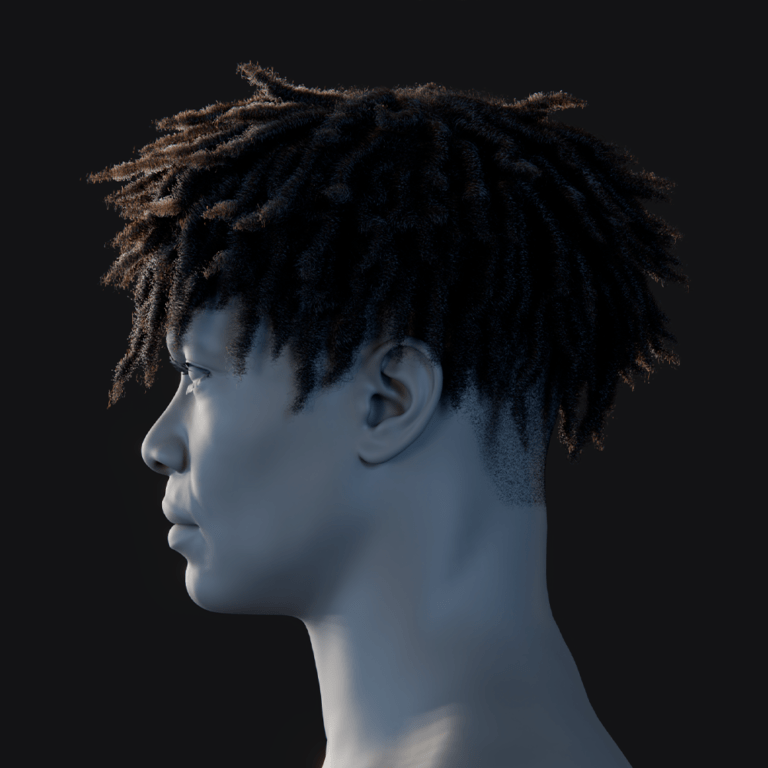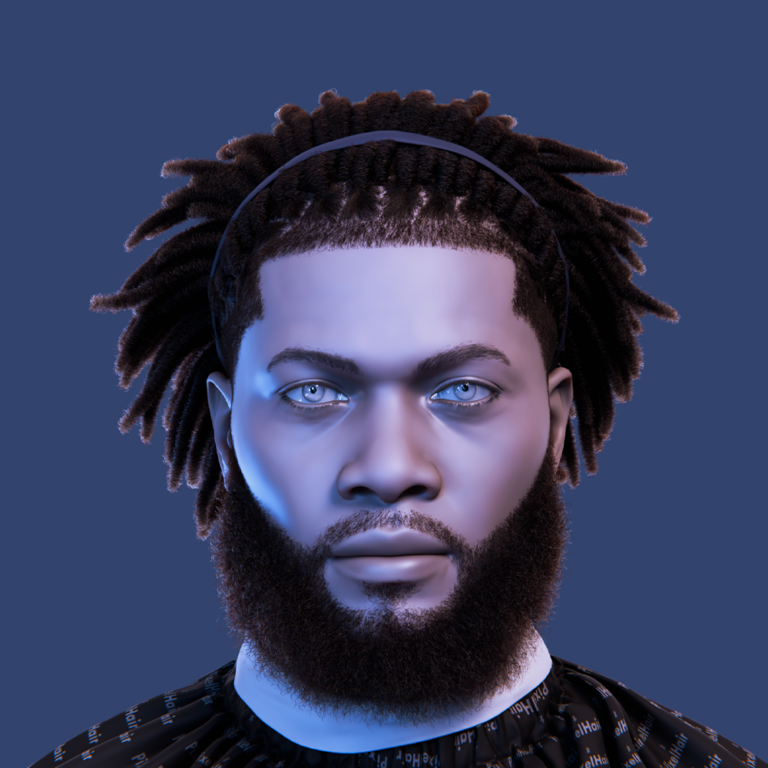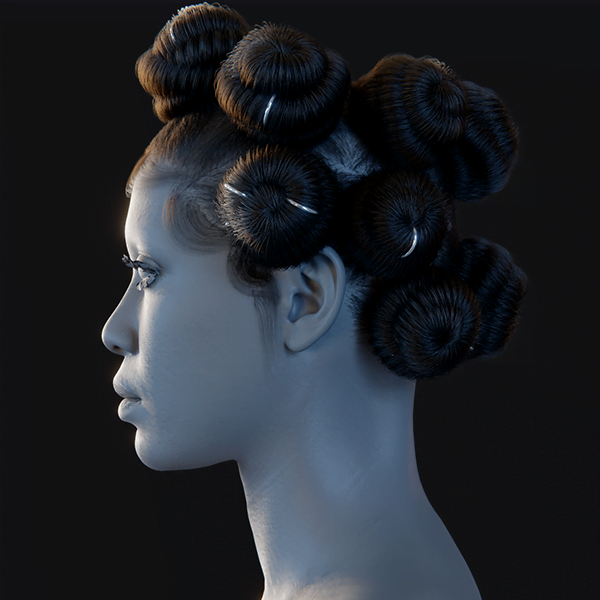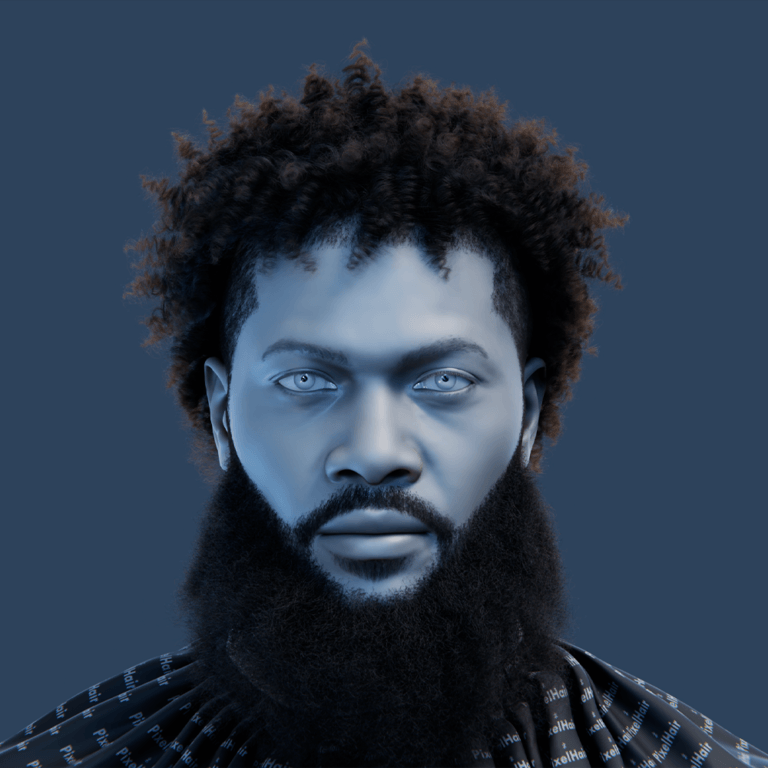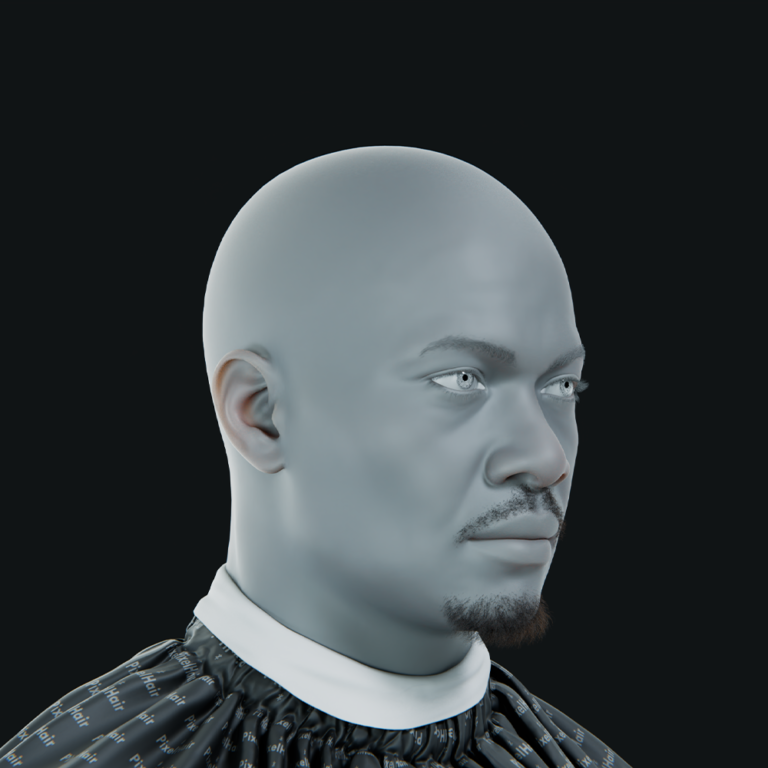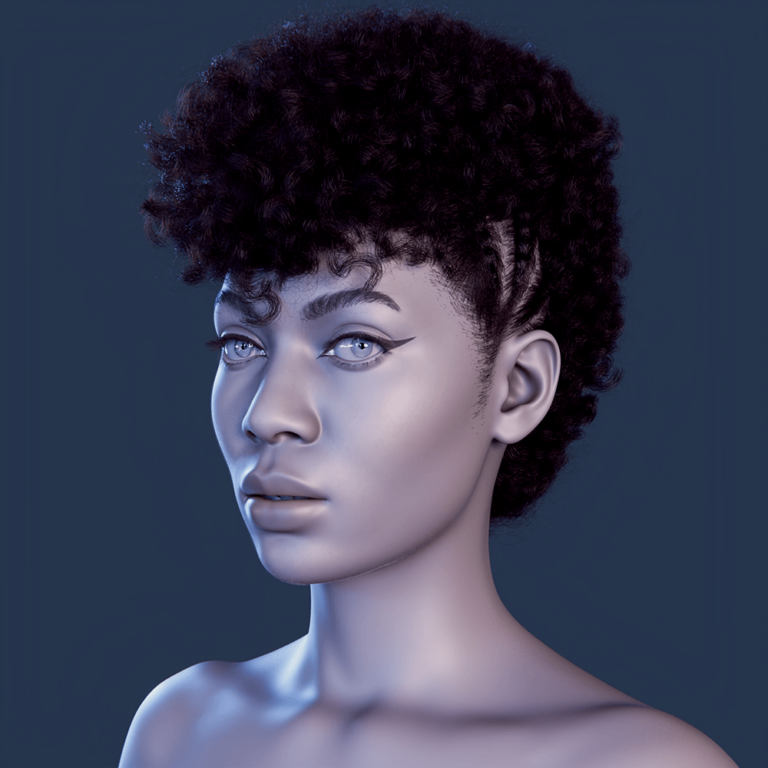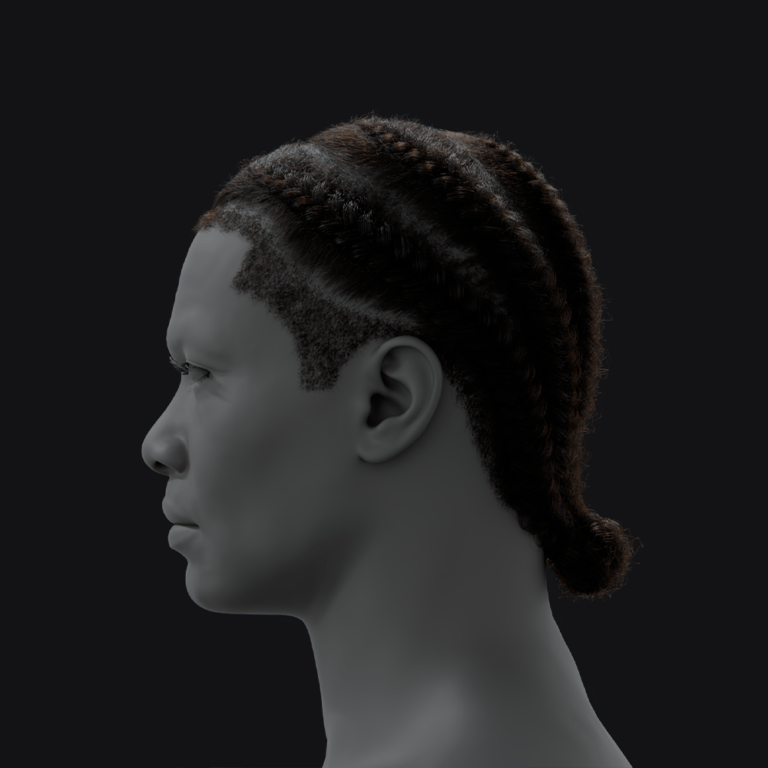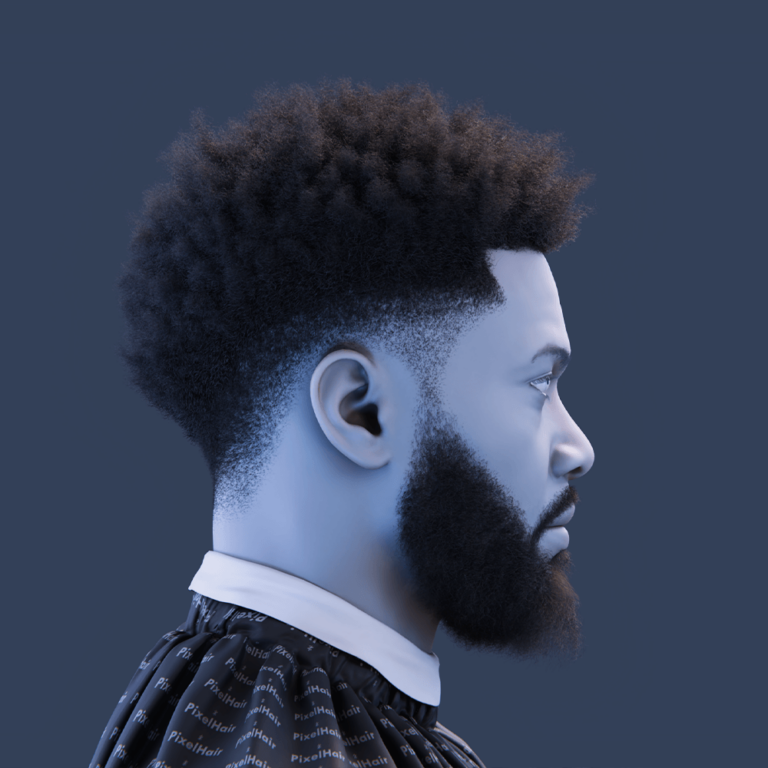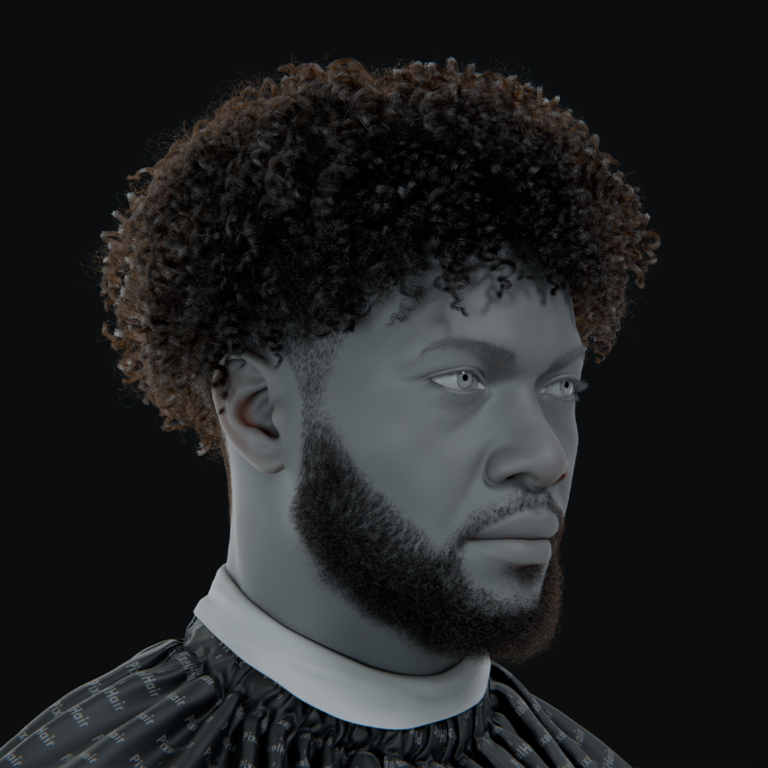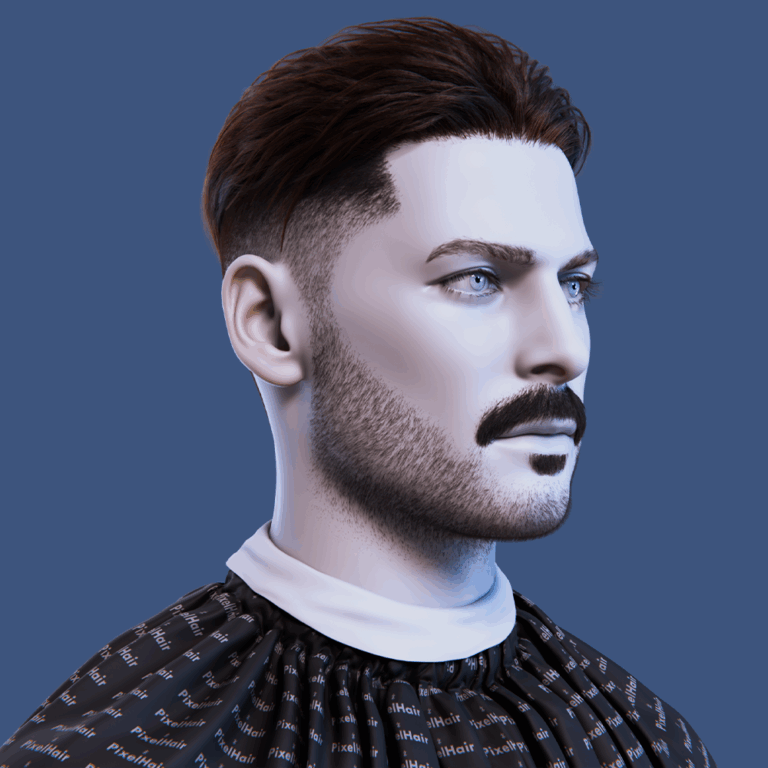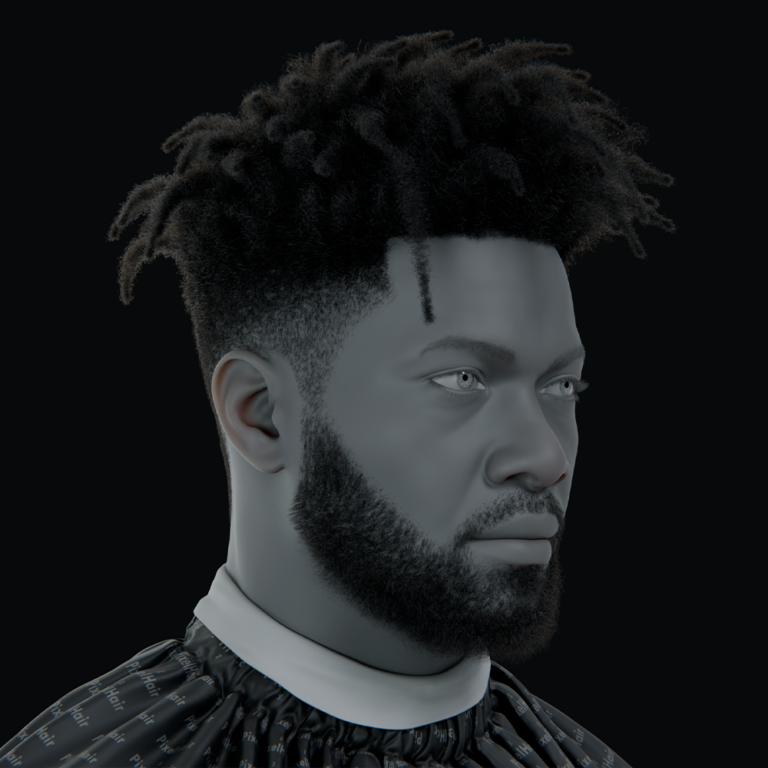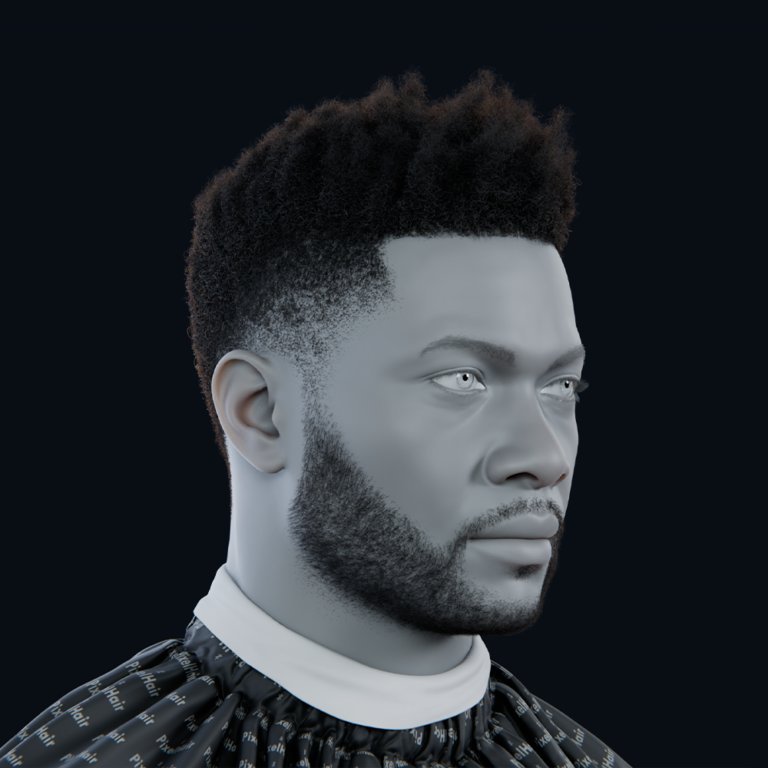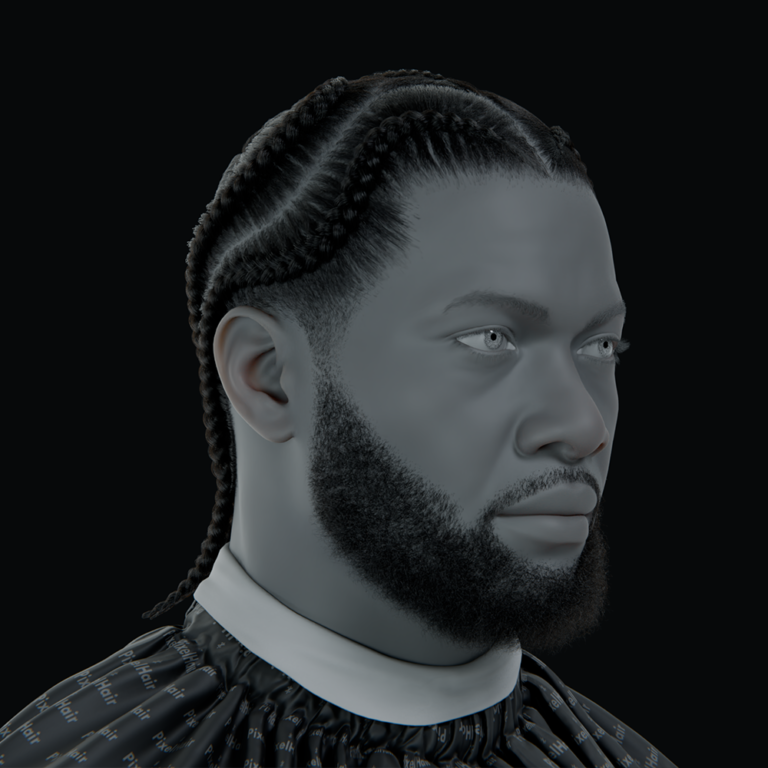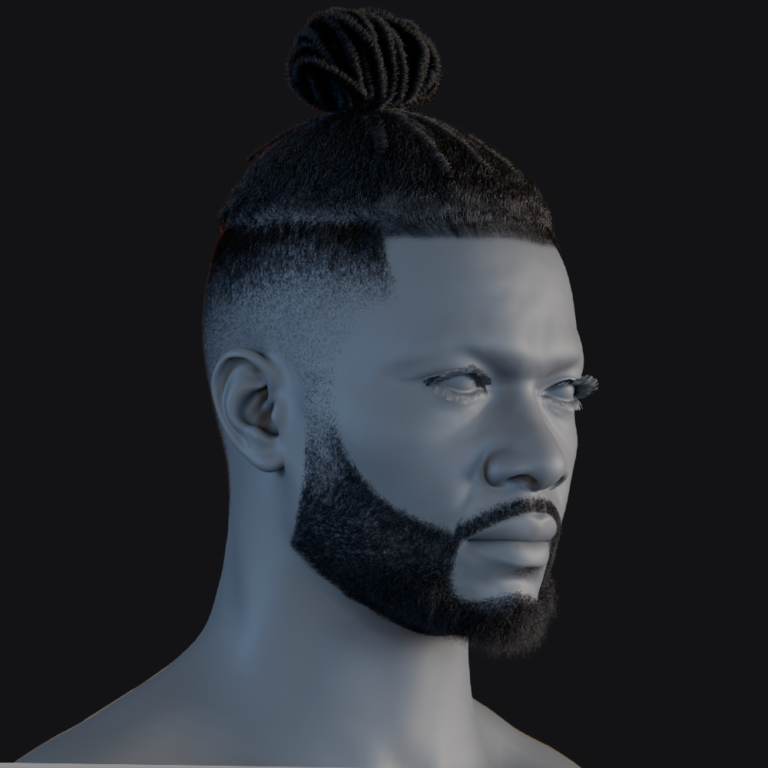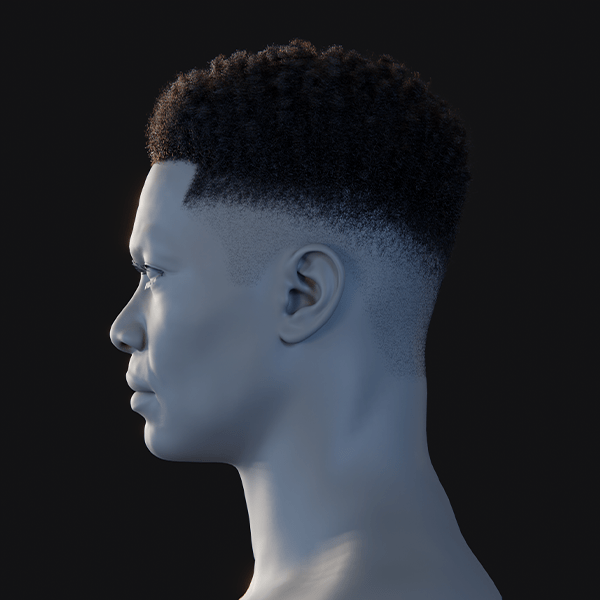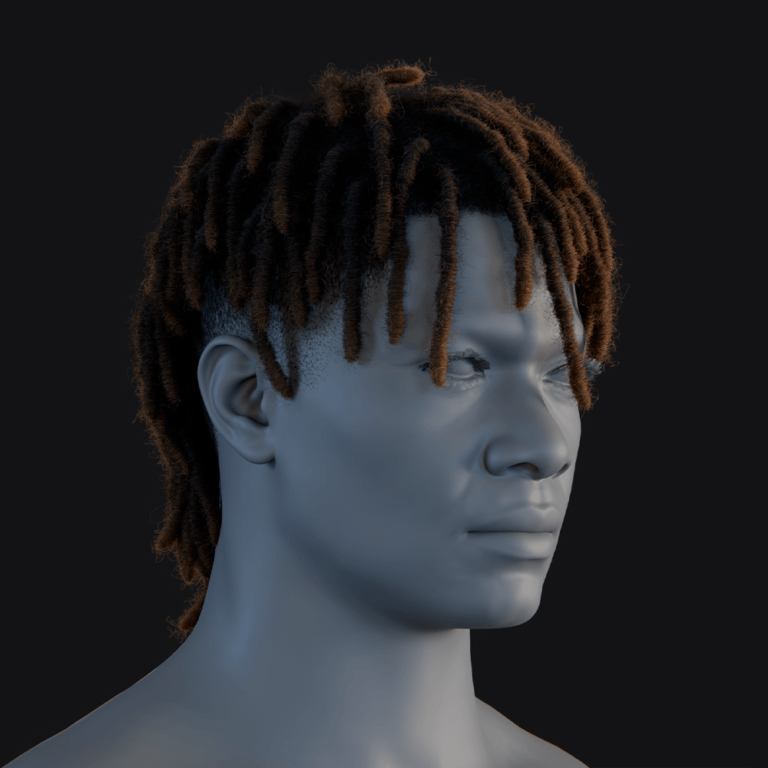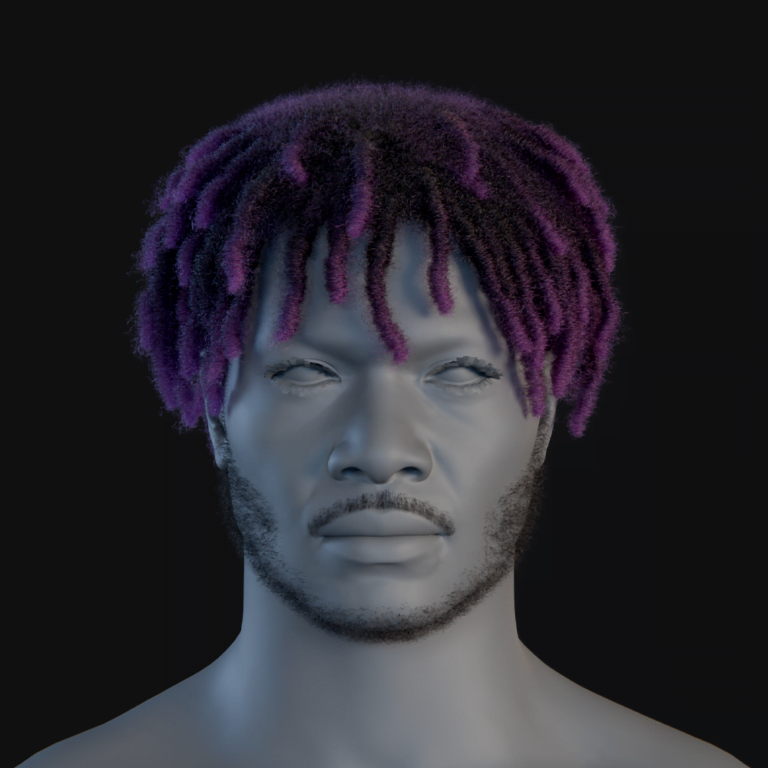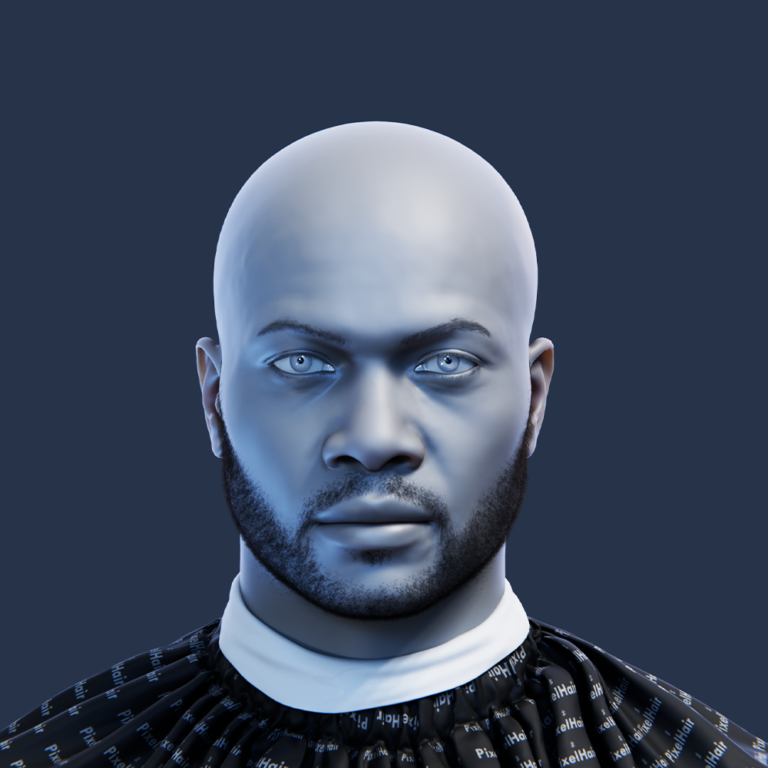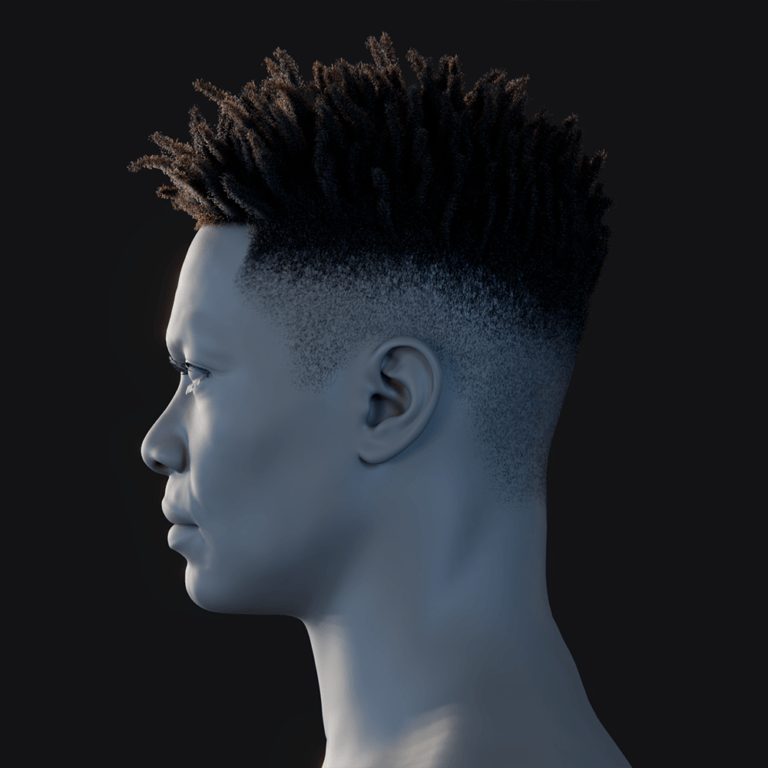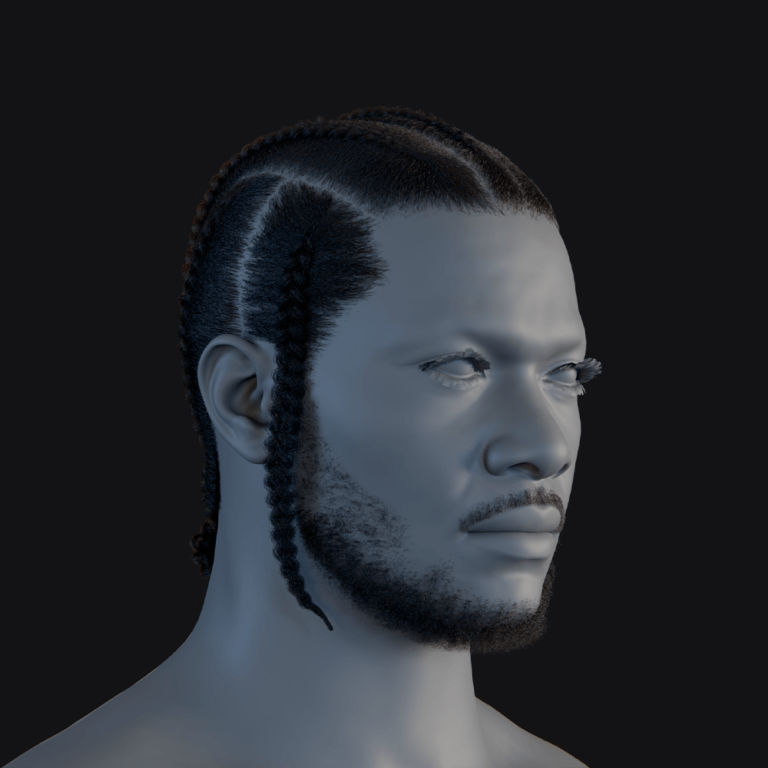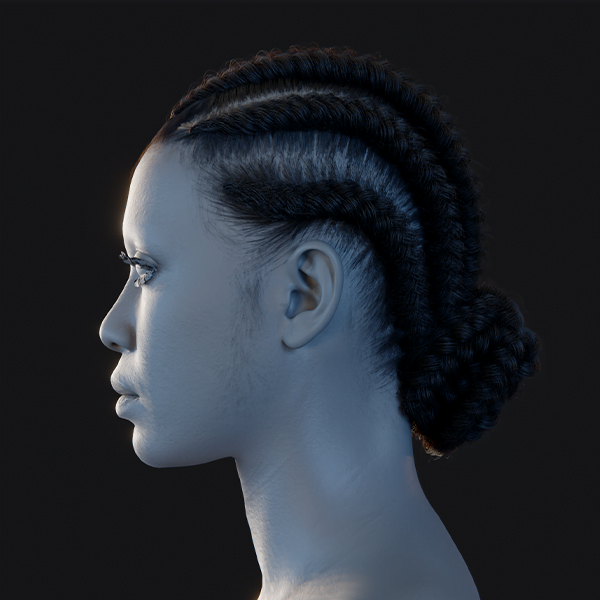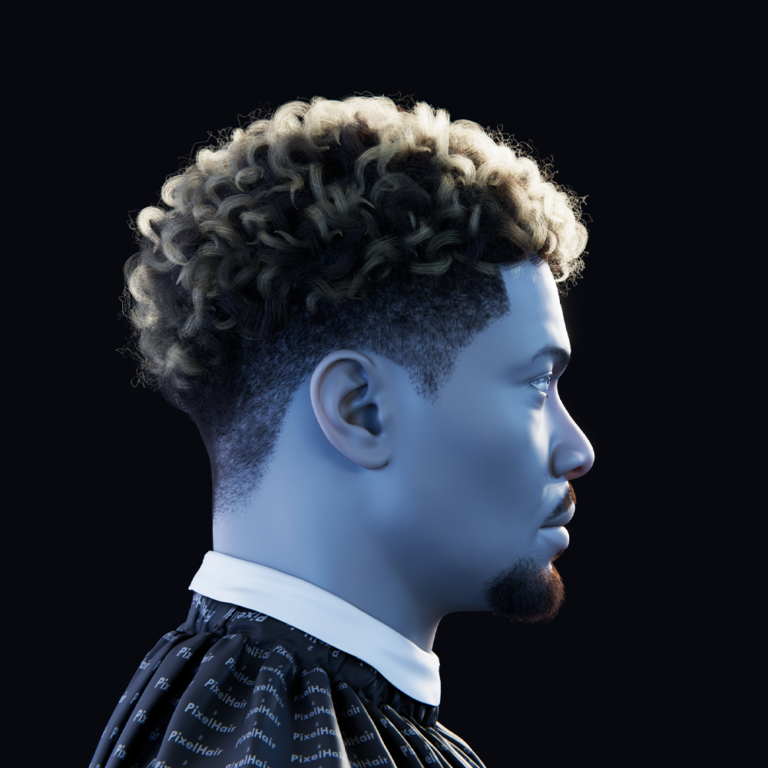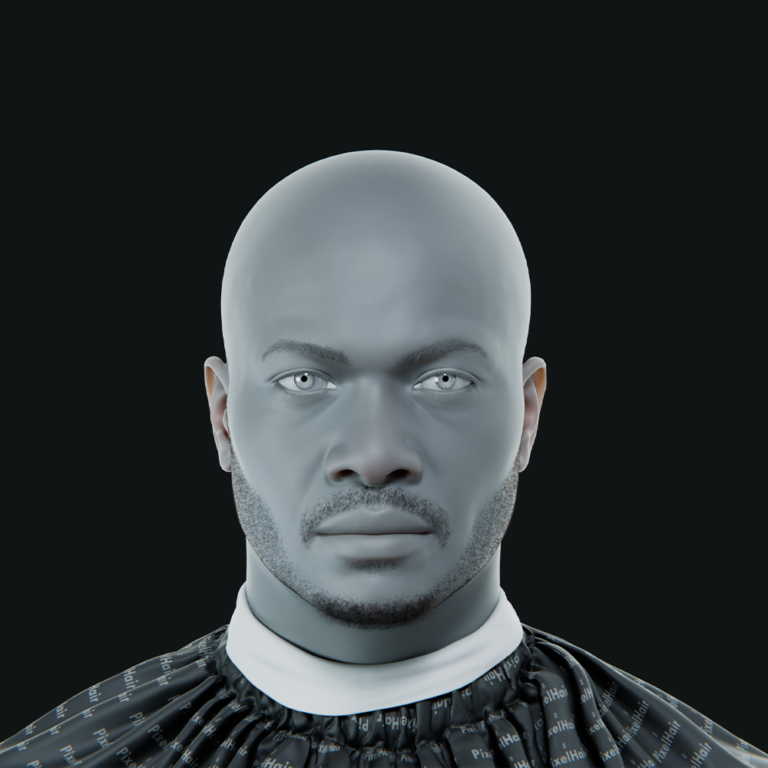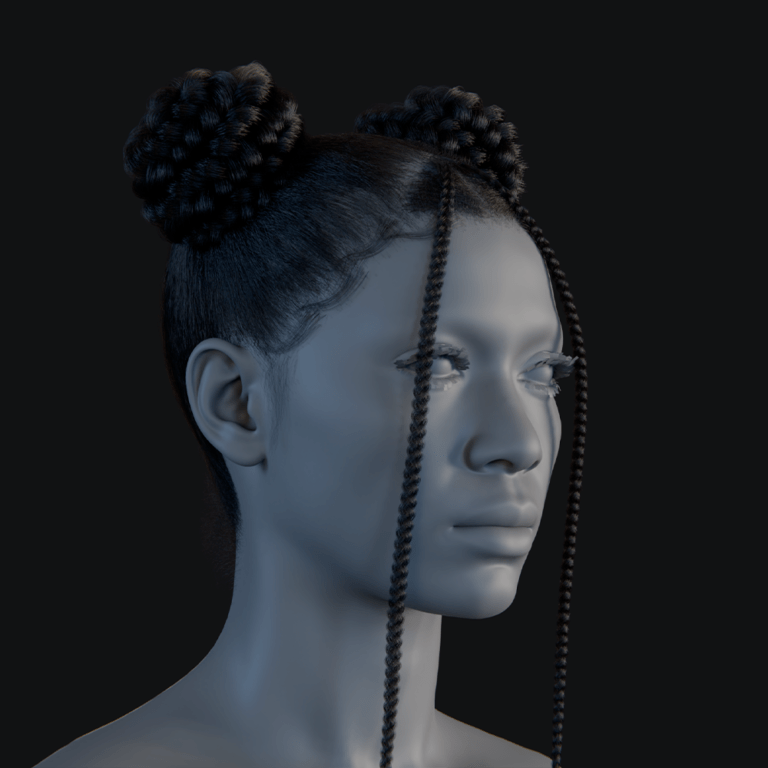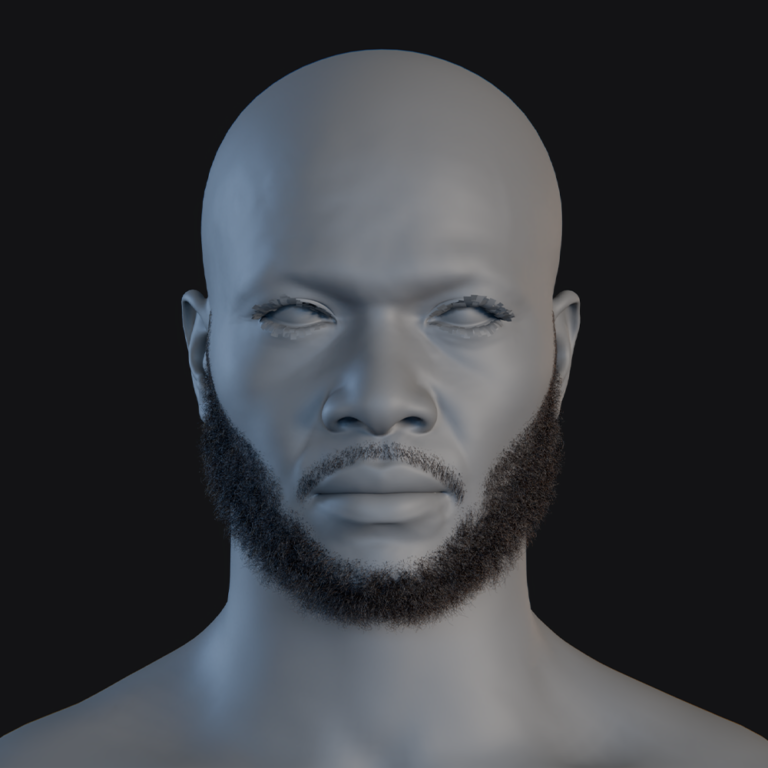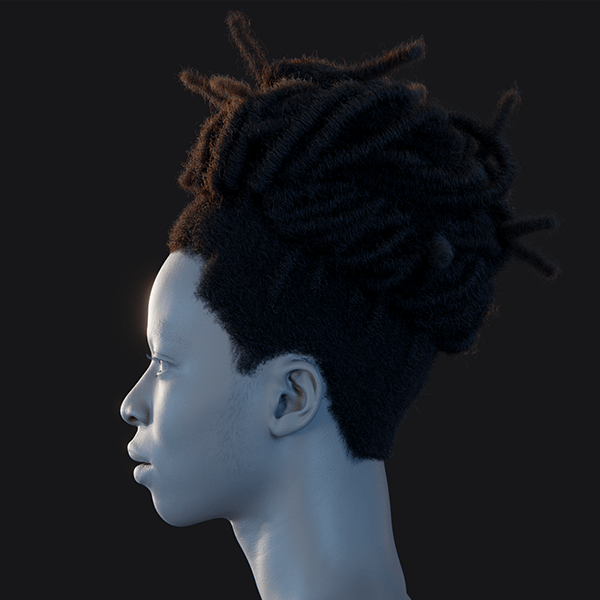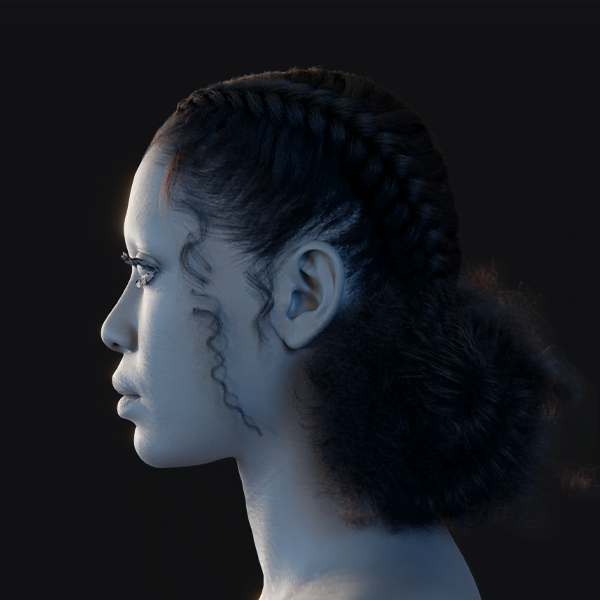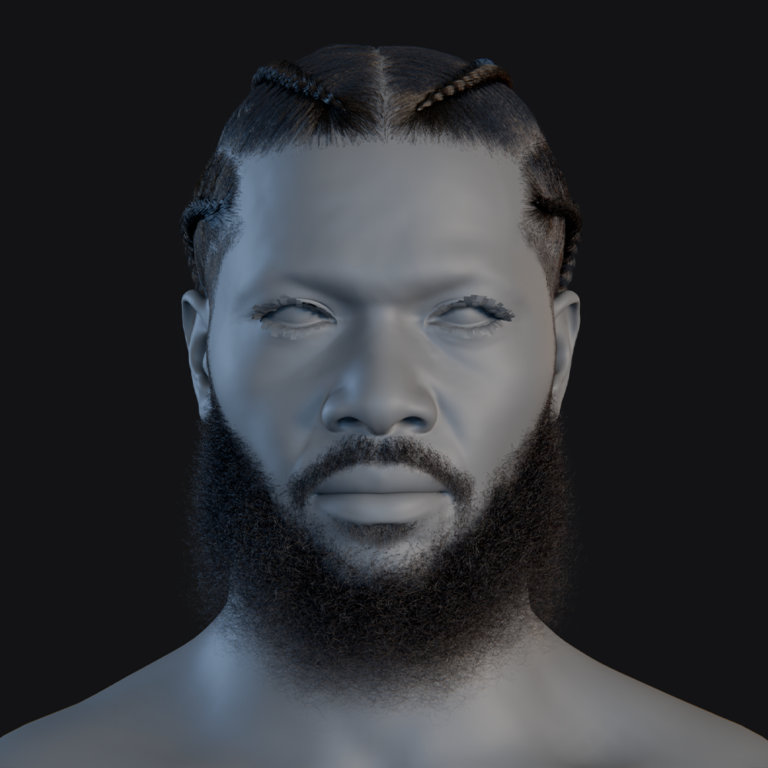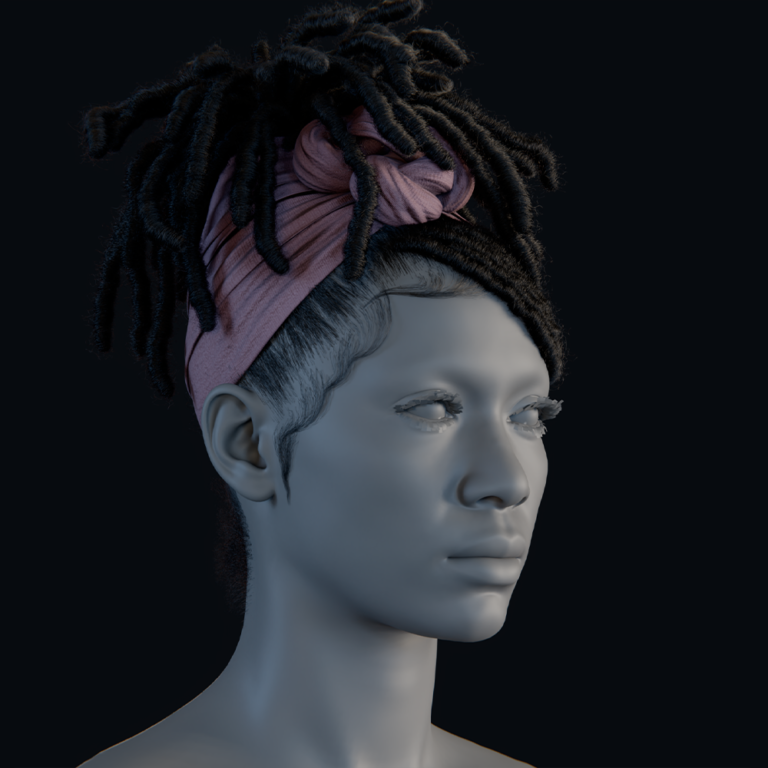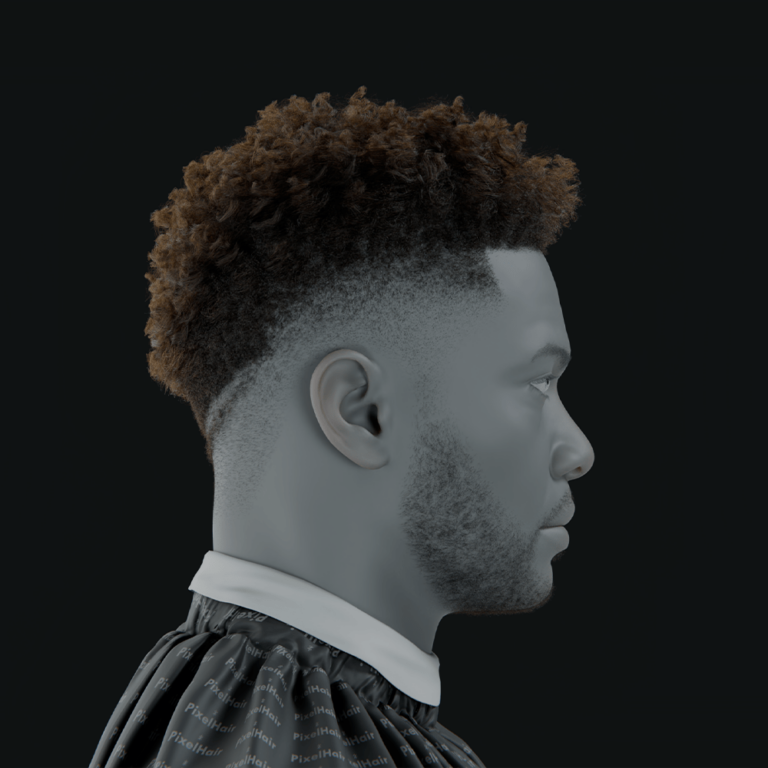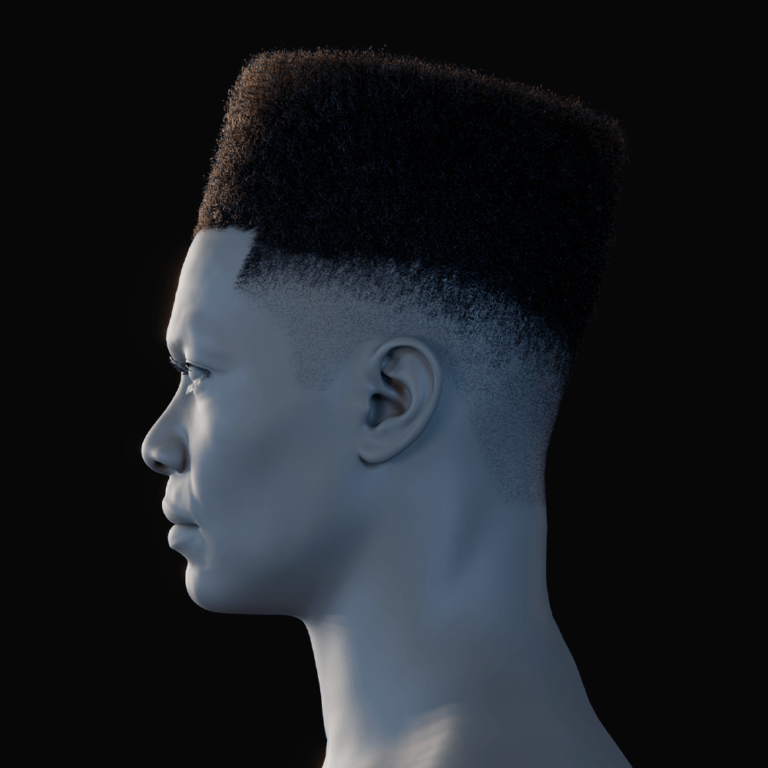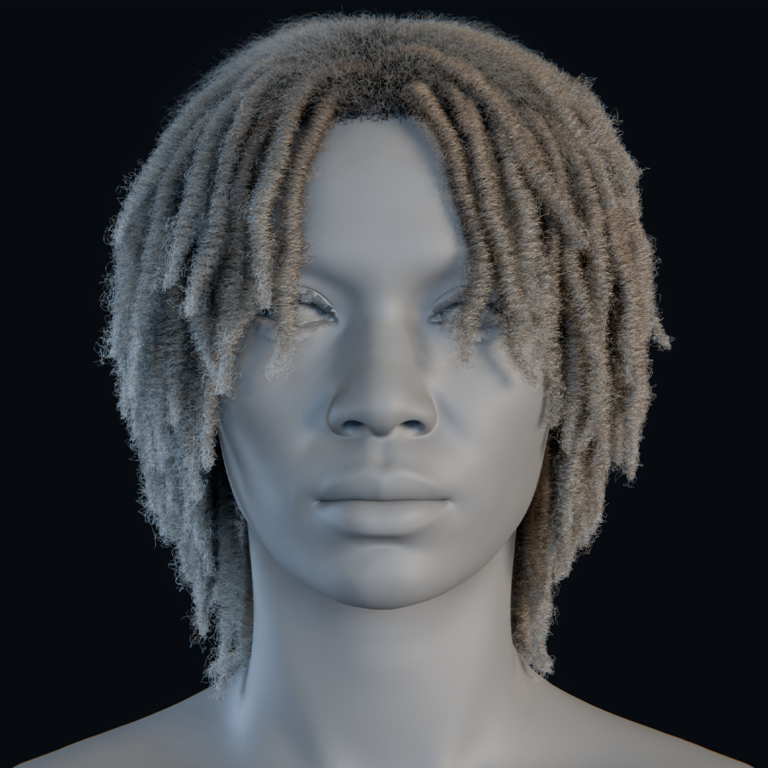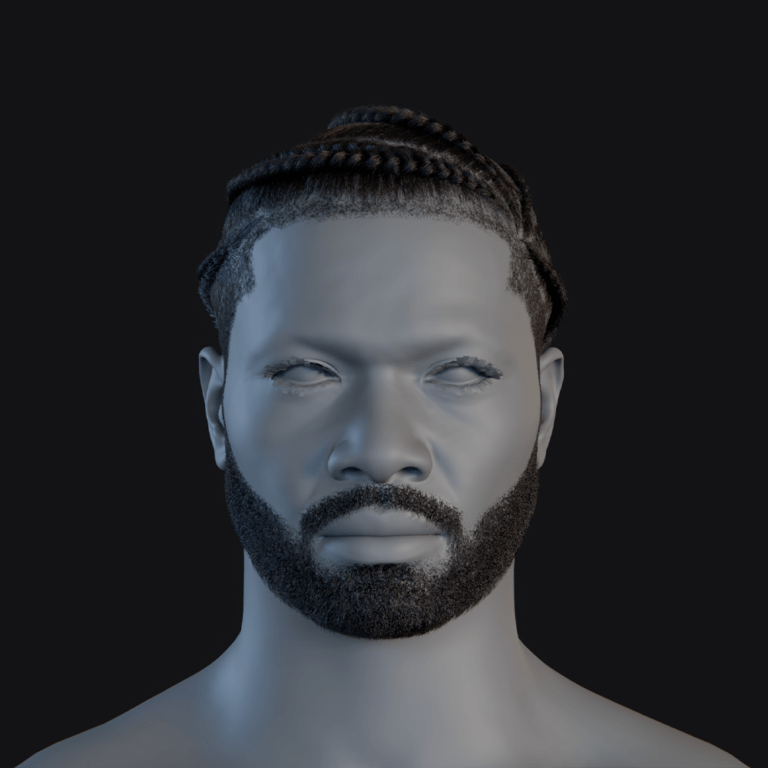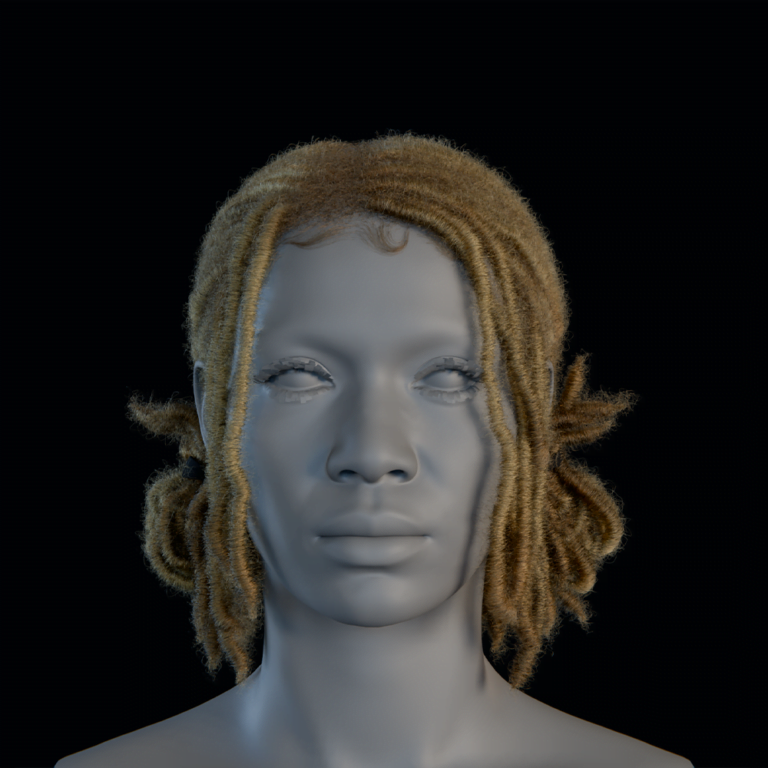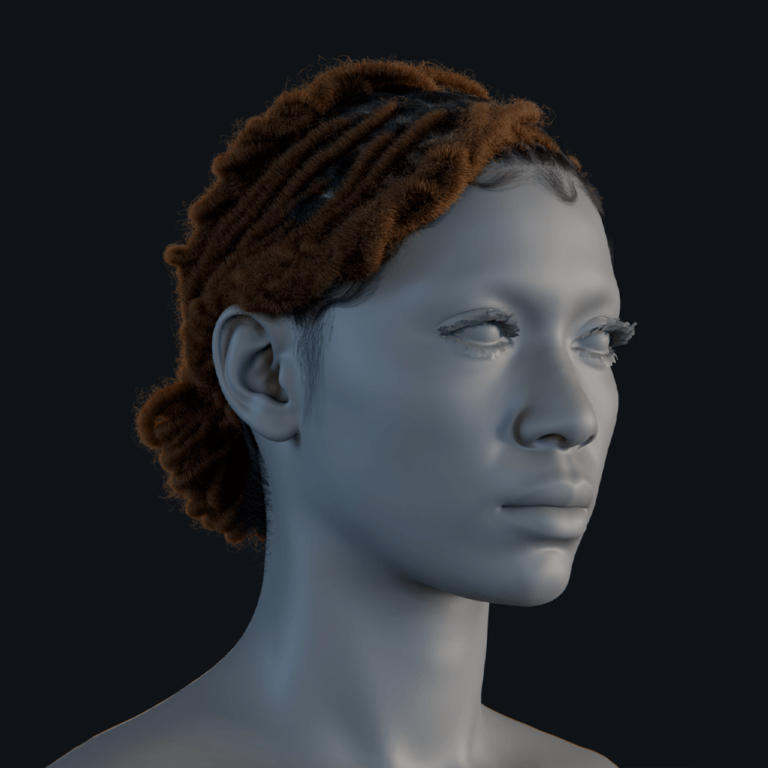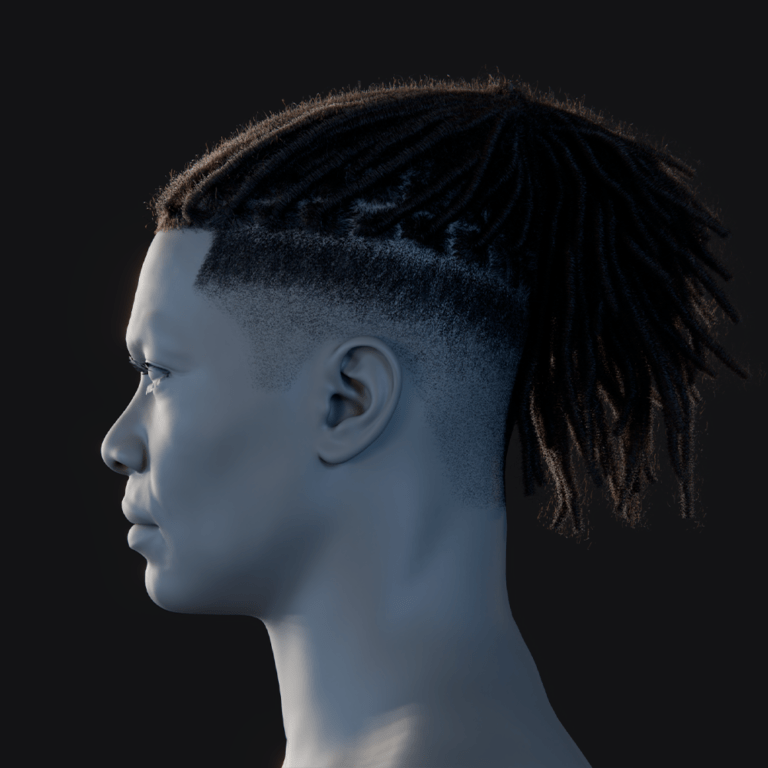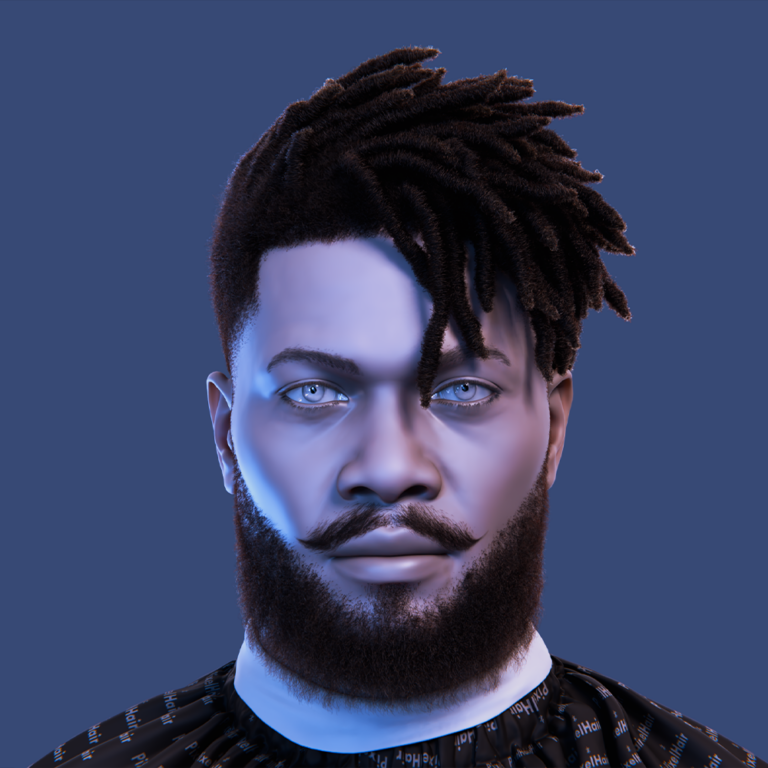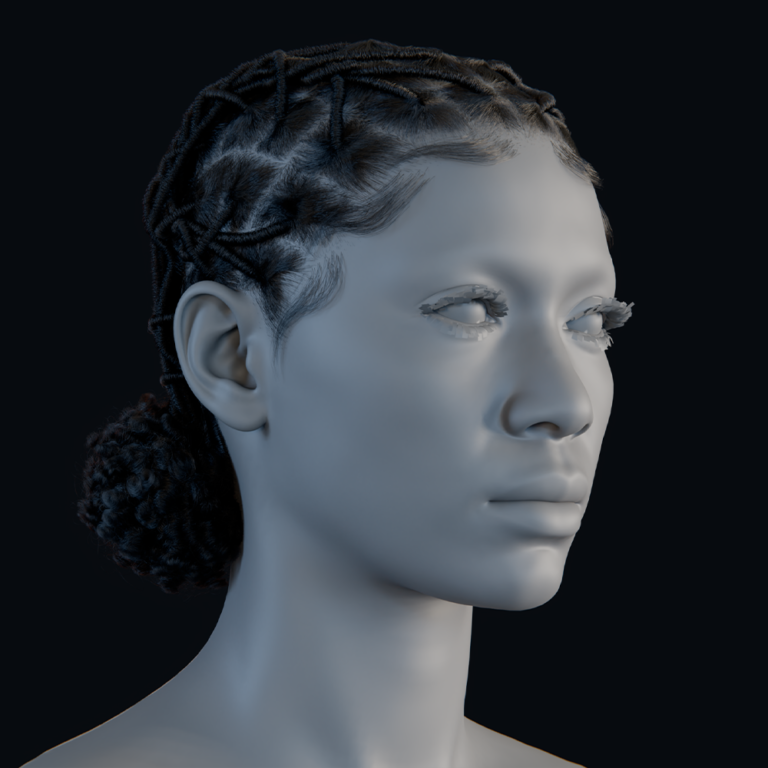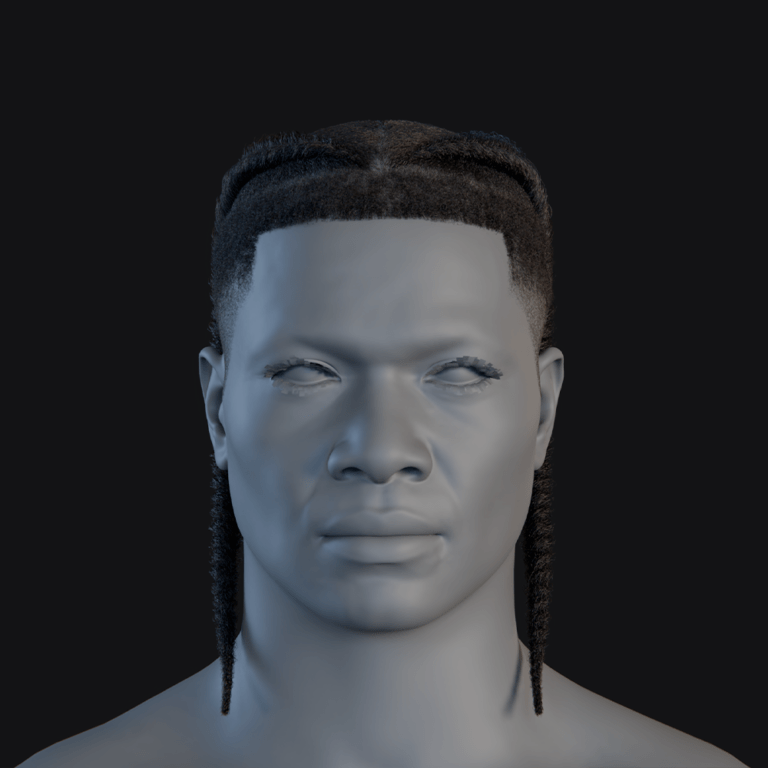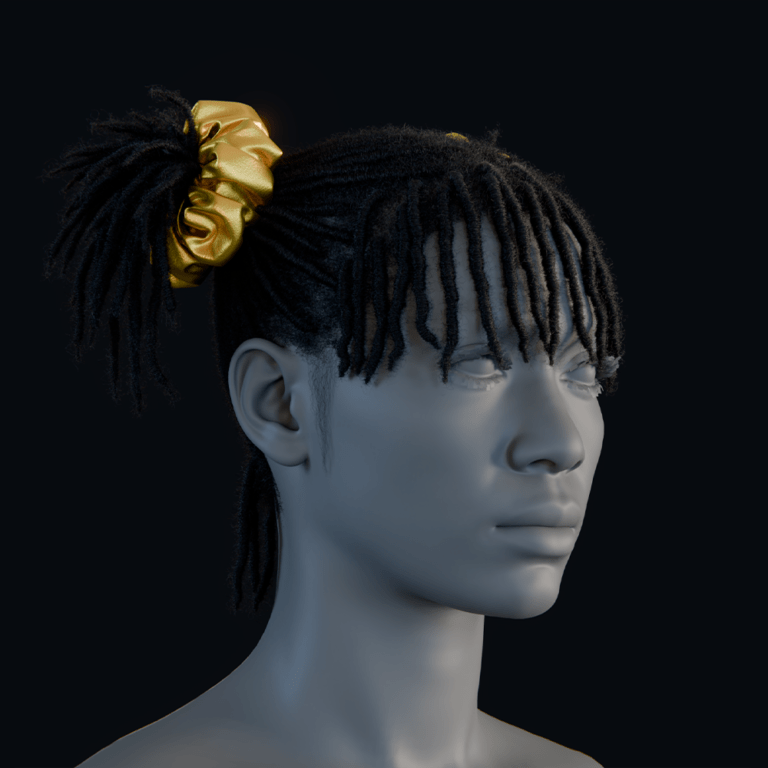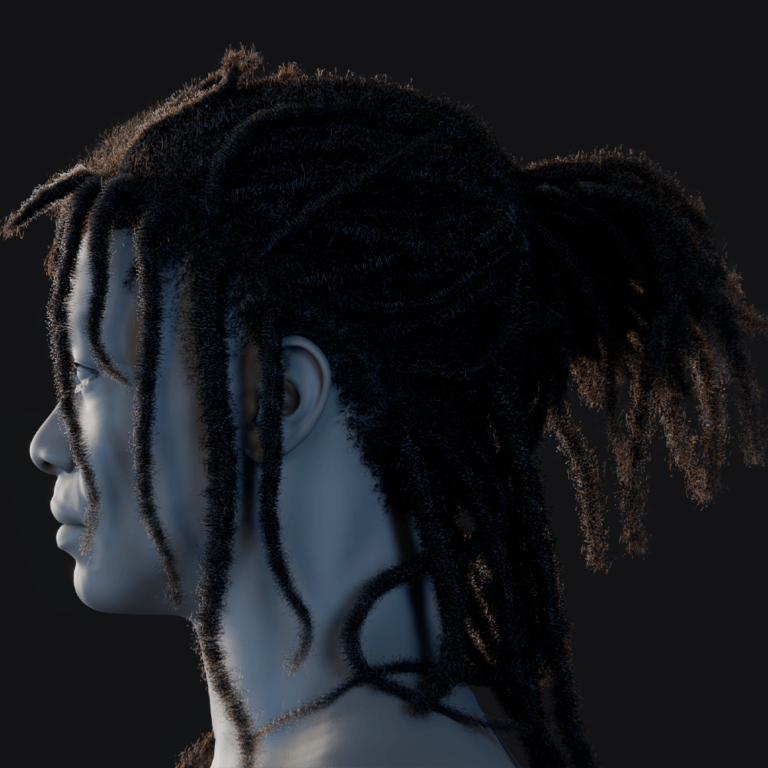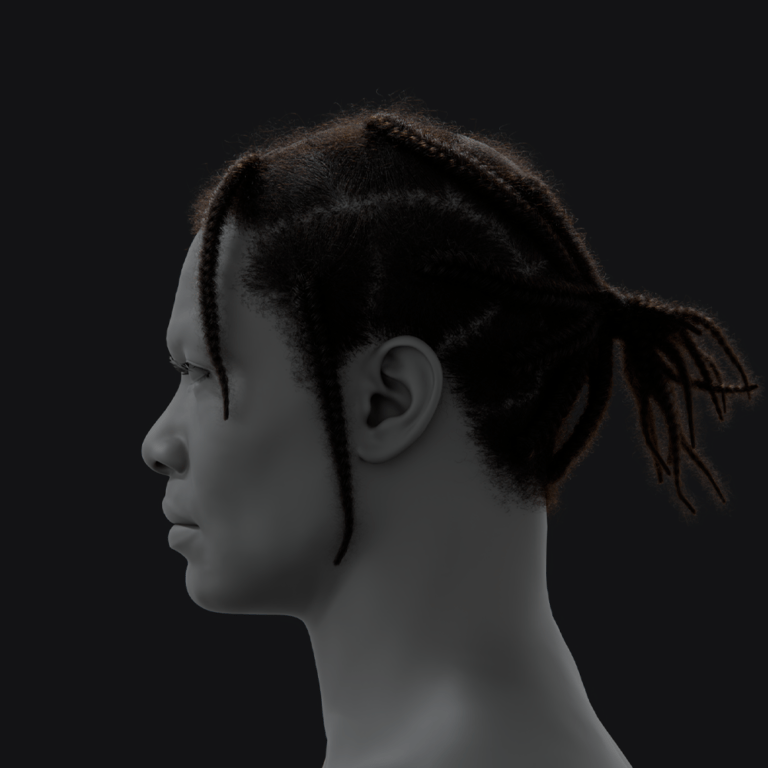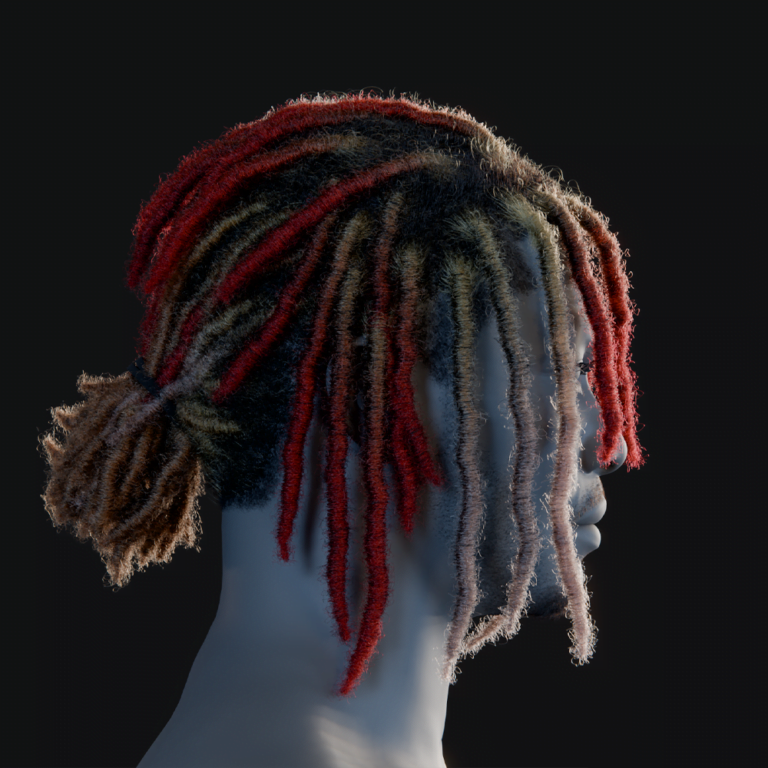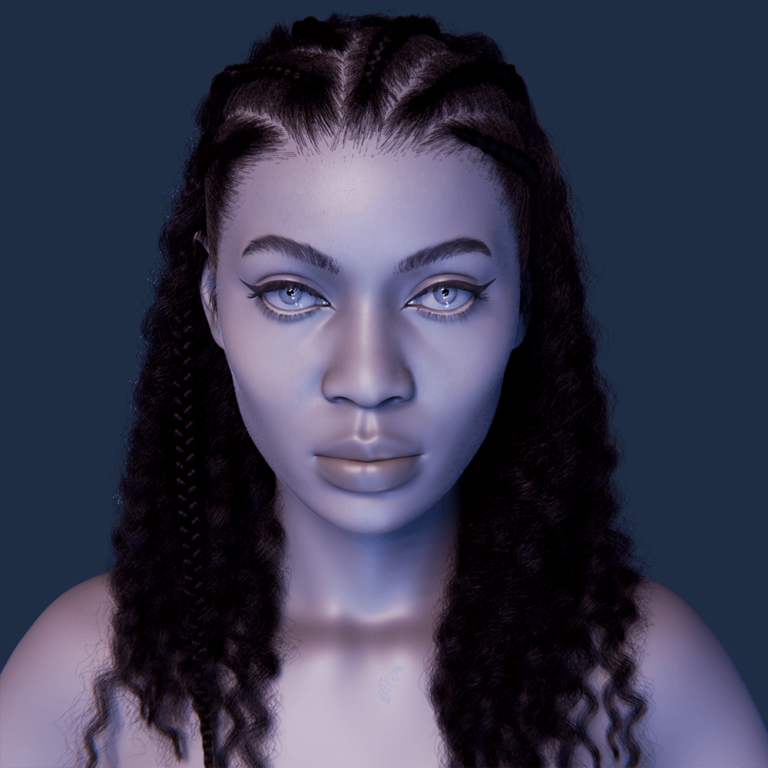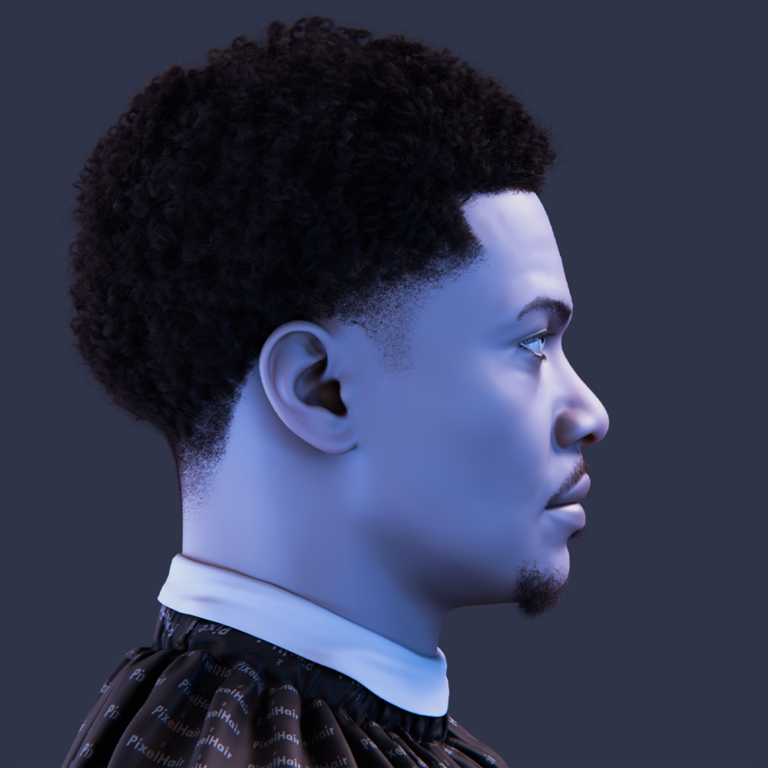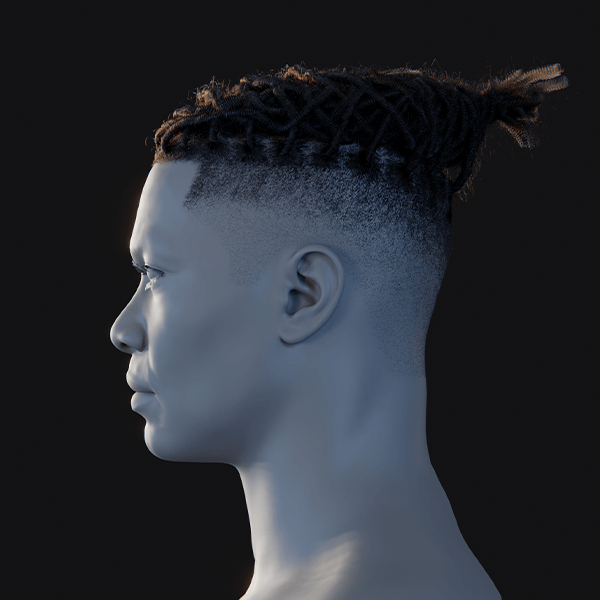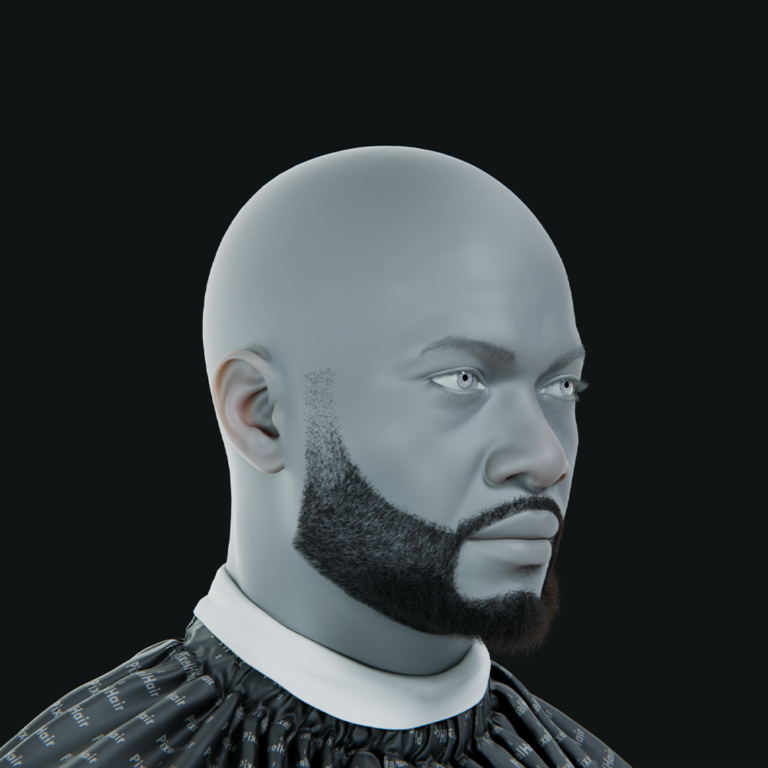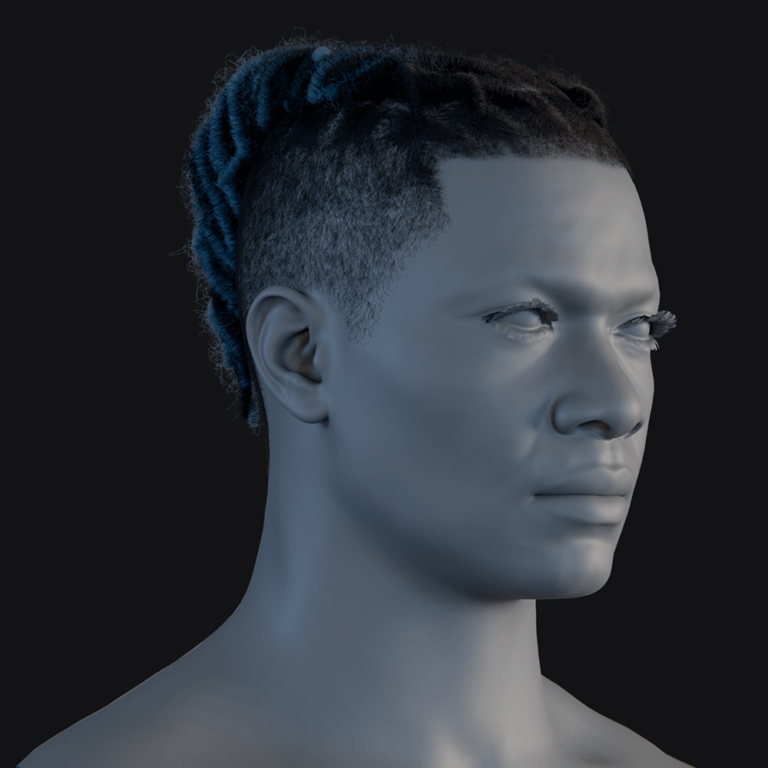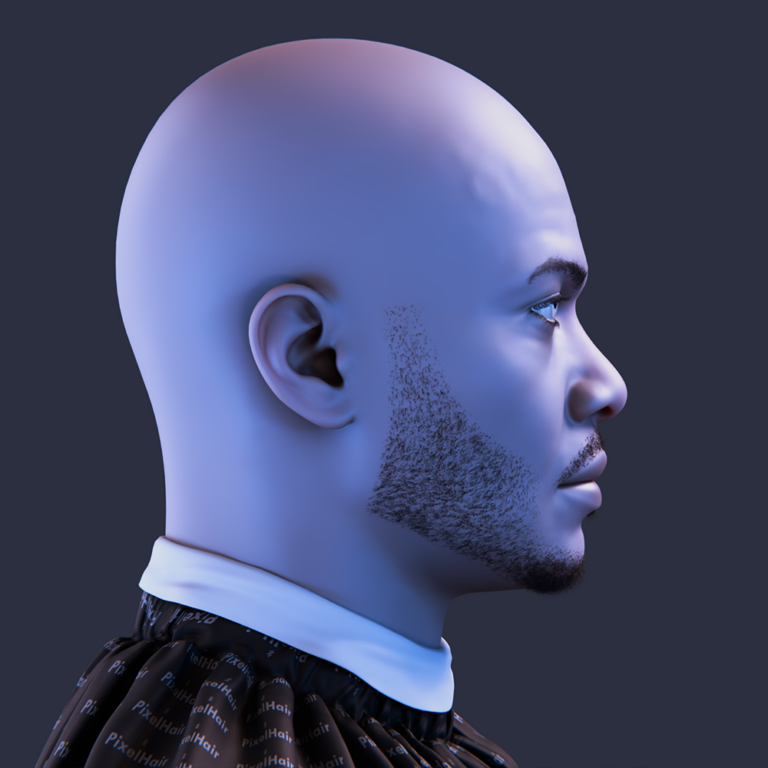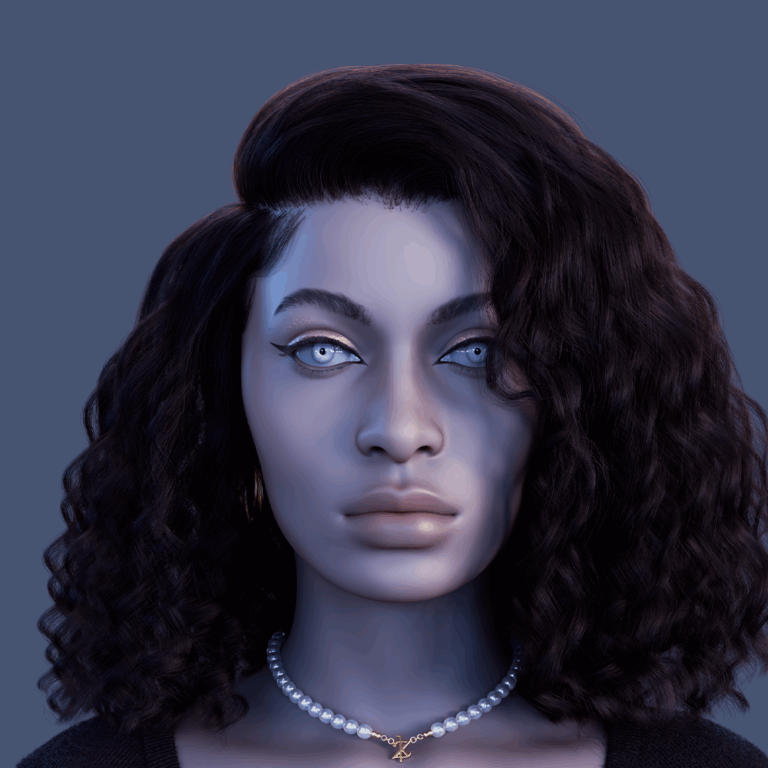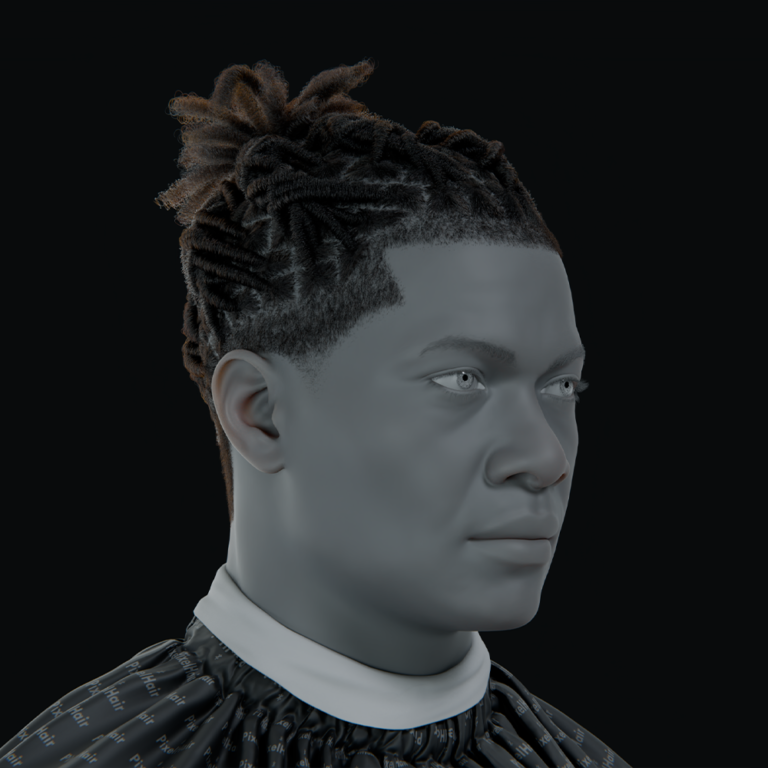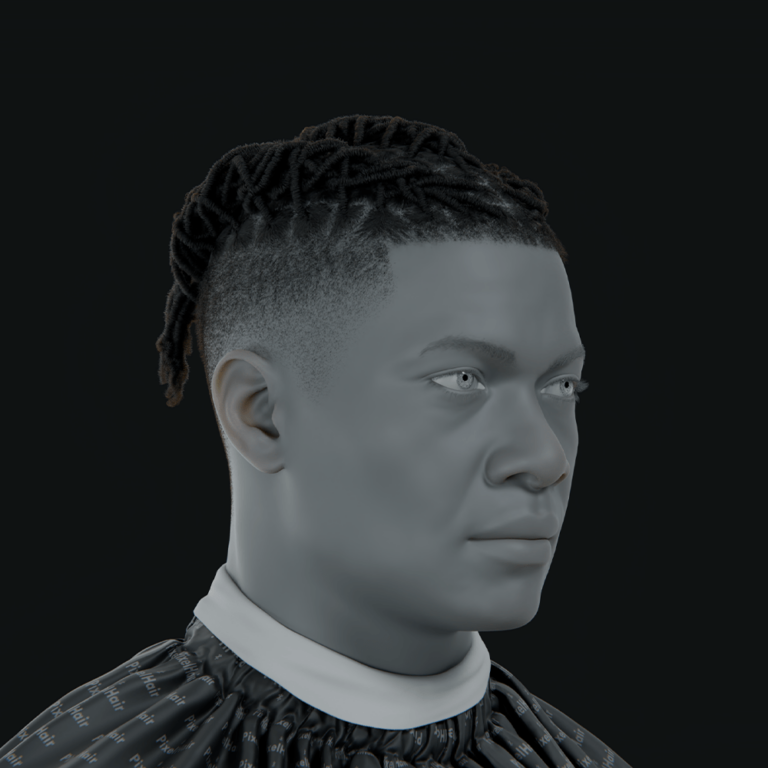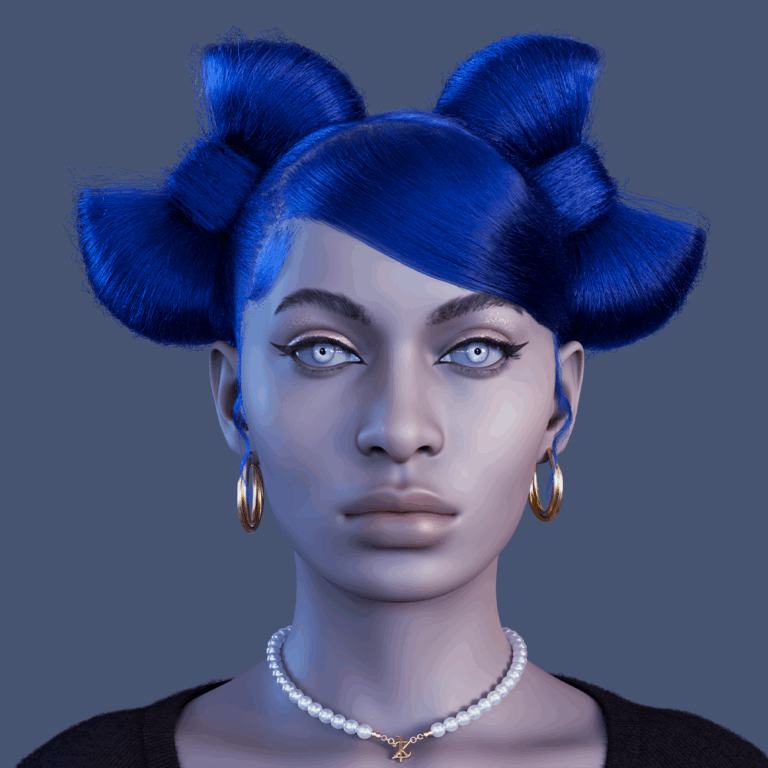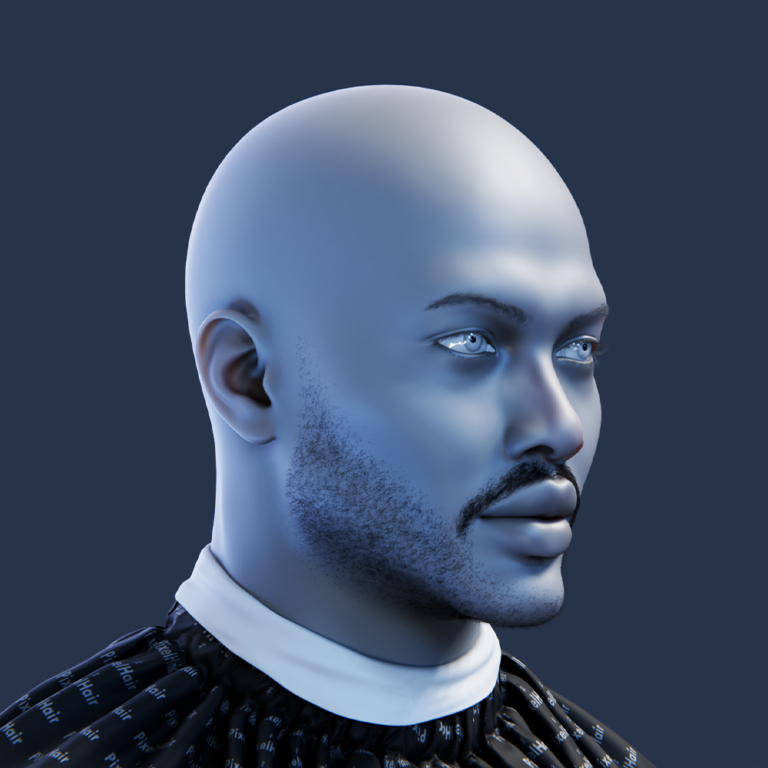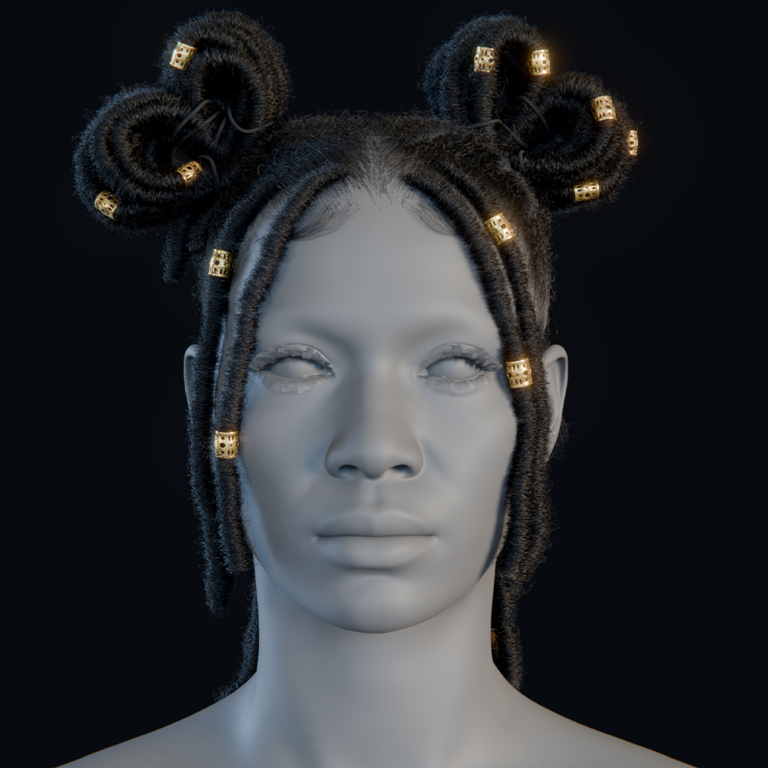Creating cinematic camera shots is a cornerstone of high-quality 3D production. Whether you’re working on animations, films, or architectural visualizations, the way you capture a scene can elevate your work from good to truly spectacular. In Blender, achieving cinematic shots involves much more than just pointing a camera at your scene—it requires precise control over camera angles, smooth transitions, proper framing, and consistent render settings. However, manually managing multiple cameras and their settings can quickly become overwhelming and error-prone. That’s where The View Keeper add-on comes in, offering an all-in-one solution to streamline camera management and rendering workflows in Blender.
In this article, we’ll explore in depth how The View Keeper can help you achieve stunning cinematic camera shots. We’ll examine what makes a shot cinematic, discuss the features of The View Keeper that enable precise camera control, provide a detailed step-by-step guide on setting up and using the add-on, and review best practices and real-world applications. Finally, we’ll look ahead at future trends that could further enhance your cinematic workflow in Blender.
Featured Image Idea:
A cinematic Blender scene with dramatic lighting and depth, overlaid by The View Keeper interface in the N-panel. The image shows multiple saved camera views arranged neatly in the Camera List Table, suggesting a smooth workflow and consistent quality.
Introduction: The Art of Cinematic Camera Shots
Cinematic shots are what draw viewers into a story. They set the mood, focus attention, and create a visual narrative that goes beyond static images. In film and animation, every camera angle is a deliberate choice. Dynamic camera angles, smooth transitions, and thoughtful composition are the tools filmmakers use to evoke emotion and guide the viewer’s eye.
In 3D production, especially in Blender, achieving this level of cinematic quality requires precise control over the camera. You need to be able to position the camera exactly where you want it, save these positions with their corresponding render settings, and switch between them seamlessly as your story unfolds. Traditional workflows often involve duplicating cameras, manually adjusting settings, and keyframing transitions one by one—a method that can become unwieldy in complex projects.
The View Keeper addresses these challenges head-on. It centralizes camera management by allowing you to store multiple camera views within a single camera . Each saved view, complete with custom Camera settings, can be recalled instantly. This capability not only reduces scene clutter but also ensures that every shot maintains the consistency and quality needed for a cinematic output.
What Makes a Shot Cinematic?
Before we dive into the technical details, let’s break down the elements that contribute to a cinematic shot:
- Dynamic Camera Angles: A cinematic shot isn’t static—it’s dynamic. The camera should move fluidly and capture the scene from angles that enhance the narrative. This could mean using low-angle shots to convey power, high-angle shots to suggest vulnerability, or tracking shots to follow an action sequence. Dynamic angles add depth and variety, making the visual experience more engaging.
- Smooth Transitions: The transition between different camera angles is just as important as the angles themselves. Abrupt or choppy transitions can disrupt the viewer’s immersion and weaken the narrative flow. Smooth transitions, on the other hand, create a seamless visual experience that guides the viewer naturally from one scene to the next.
- Proper Framing and Composition: Cinematic shots rely on strong composition. Techniques such as the rule of thirds, leading lines, and balanced framing ensure that the subject is highlighted and the overall shot is visually appealing. Proper composition not only improves aesthetics but also directs the viewer’s attention where it matters most.
- Consistent Render Quality: Every camera record in your scene should have consistent render settings to ensure a unified look. Inconsistencies in resolution, output format can lead to a disjointed final product, undermining the cinematic impact.
Introducing The View Keeper: The Ultimate Tool for Camera Control
The View Keeper is designed to overcome the challenges of traditional camera management in Blender. Its key features include:
- Centralized Multi-Camera Management: Rather than duplicating multiple camera , The View Keeper allows you to store numerous camera views within a single camera . Each view is saved as a “view record” that includes the camera’s position and angle. This consolidation keeps your Blender scene clean and organized, making it easier to manage complex projects.
- Custom Render Settings per Camera: One of the standout features of The View Keeper is its ability to save custom render settings for each camera . Whether you need a specific resolution for a close-up shot, every saved view retains its precise settings. When you switch between views, Blender automatically applies the correct settings, ensuring consistency and high-quality outputs.
- Seamless Switching and Automation: Switching between camera views with The View Keeper is as simple as a single click. This instant recall feature lets you experiment with different angles and compositions without manually reconfiguring the camera each time. Furthermore, automated features like keyframe integration and batch rendering significantly reduce manual workload, allowing for smooth transitions and faster production cycles.
- Batch Rendering for Efficiency: The batch rendering feature is a game-changer. Instead of rendering each camera view individually, The View Keeper lets you render all saved views simultaneously. This ensures that every shot is processed under consistent conditions and drastically reduces the overall render time.
- User-Friendly Interface and Customization: Integrated into Blender’s N-panel, The View Keeper offers an intuitive interface that is easy to learn and use. You can customize the interface with labels, categories, and hotkeys to fit your specific workflow needs, making it a flexible and powerful tool for animators.
Visual Aid Suggestion:
A detailed screenshot of The View Keeper’s interface showing the view List Table with multiple saved views and annotations explaining key features.
Step-by-Step Guide: Using The View Keeper for Cinematic Camera Control
Step 1: Installing and Enabling The View Keeper
- Download the Add-On:
Visit the official website or Blender Market to download the latest version of The View Keeper. Ensure that it’s compatible with your version of Blender. - Install the Add-On:
Open Blender, then navigate to Edit > Preferences > Add-ons. Click Install, select the downloaded ZIP file, and install the add-on. - Enable the Add-On:
Once installed, scroll through the list to locate The View Keeper and check the box next to it to enable the add-on.
Visual Aid Suggestion:
A screenshot of Blender’s Preferences window with The View Keeper add-on enabled.
Step 2: Accessing the The View Keeper Interface
- Open the N-Panel:
In the 3D Viewport, press the N key to reveal the side panel. - Locate The View Keeper Tab:
Scroll down until you find The View Keeper tab. Click on it to open the interface, which will display the Camera List Table where your saved views will be managed.
Visual Aid Suggestion:
An image highlighting The View Keeper tab in the N-panel with annotations.
Step 3: Saving Camera Views with Custom Settings
- Position Your Camera:
Set your camera to the desired angle for your first cinematic shot. Adjust the camera’s settings in the Properties panel—this includes focal length, depth of field, to match the creative vision of the shot. - Save the View:
Click Add View in The View Keeper to save the current camera configuration as a new view record. This record stores the camera’s position. - Name Your View:
Assign a descriptive name to the saved view (e.g., “Epic_Wide_Shot,” “Emotive_CloseUp”) so that you can easily identify it later.
Visual Aid Suggestion:
Annotated screenshots showing the process of positioning the camera, adjusting render settings, and saving the view in The View Keeper.
Step 4: Managing and Editing Saved Views
- Switch Between Saved Views:
Use the viewList Table in The View Keeper to switch between your saved views. Clicking on a view will automatically apply its settings to the active camera. - Edit Settings as Needed:
If adjustments are required for a particular view, select it, modify the settings in Blender’s Render Properties panel, and then click Refresh View to update the saved record. - Organize Your Views:
Organize your camera views by using labels and categories. This organization makes it easier to manage complex projects with numerous shots.
Visual Aid Suggestion:
A short video or animated GIF demonstrating how to switch between saved views and update settings using The View Keeper.
Step 5: Automating Camera Switching in the Animation Timeline
For dynamic, cinematic animations, smooth transitions between camera views are essential.
- Plan Your Animation Timeline:
Create a storyboard or shot list, mapping out the key frames where camera transitions will occur. - Insert Keyframes for Camera Views:
Select a saved view in The View Keeper and insert a keyframe for the camera’s position and render settings at the appropriate frame. Move to the next transition point, select another saved view, and insert a new keyframe. - Refine Transitions Using the Graph Editor:
Open Blender’s Graph Editor to adjust interpolation curves between keyframes. Experiment with different interpolation modes (e.g., linear, Bezier, ease in/out) to create fluid, natural camera movements.
Visual Aid Suggestion:
A video tutorial demonstrating keyframe insertion and interpolation adjustments for camera transitions with The View Keeper, with the Graph Editor visible.
Step 6: Batch Rendering All Camera Views
Once your camera views are set up and transitions are defined, batch rendering allows you to process all shots simultaneously.
- Select All Desired Views:
In The View Keeper interface, select the camera views you want to render. - Initiate Batch Render:
Click the Batch Render button to start rendering all selected views. Each view will be rendered with its unique, pre-saved settings. - Review and Organize Outputs:
After the rendering process, review the outputs to ensure that every shot meets your quality standards and that the settings are consistent across your project.
Visual Aid Suggestion:
A flowchart or diagram illustrating the batch rendering process with The View Keeper, highlighting the benefits of time savings and consistency.
Benefits of Using The View Keeper for Cinematic Camera Control
Integrating The View Keeper into your animation workflow brings numerous benefits that enhance both the creative and technical aspects of your projects:
- Efficiency and Time Savings: By automating the process of saving, switching, and rendering camera views, The View Keeper drastically reduces manual workload. Batch rendering, in particular, cuts down production time by allowing you to process multiple shots simultaneously.
- Consistent and High-Quality Renders: Every saved camera view in The View Keeper retains its custom Camera settings, ensuring that every shot is rendered exactly as intended. This consistency is critical for professional animations, where uniformity across frames contributes to a cohesive visual narrative.
- Flexibility and Customization: The flexibility to customize render settings for each camera record allows you to tailor every shot to its specific needs. Whether you need different resolutions, output format, you can adjust each view independently without affecting the overall project.
- Organized Workflow and Reduced Scene Clutter: Managing multiple cameras manually often leads to a cluttered workspace. The View Keeper consolidates all camera views into one interface, making it easier to navigate and modify your project. A clean, organized scene is essential for efficiency and minimizes the potential for errors.
- Automated Transitions and Batch Rendering: Automation features such as instant view switching, keyframe integration, and batch rendering minimize the risk of human error and ensure that every camera transition is smooth and consistent. This leads to a final output that is both visually compelling and technically precise.
Visual Aid Suggestion:
An infographic summarizing these benefits—efficiency, consistency, flexibility, organization, and automation—serving as a quick reference guide for users.
Best Practices for Achieving Cinematic Shots with The View Keeper
To maximize the impact of The View Keeper on your cinematic projects, consider adopting these best practices:
- Plan Your Camera Angles Early: Develop a detailed storyboard or shot list before beginning your project. Clearly outline the camera angles and transitions required for your animation. Early planning ensures that all necessary views are captured and that render settings are defined from the start, reducing the need for last-minute adjustments.
- Use Clear, Descriptive Labels: When saving camera views, adopt a consistent naming convention. Use descriptive labels such as “Wide_Establishing,” “CloseUp_Emotion,” or “Dynamic_Tracking” to easily identify each view. This practice simplifies switching between views and keeps your project organized.
- Regularly Test and Refresh Settings: Perform test renders periodically to ensure that each camera view is set up correctly. If you make adjustments to the render settings, use The View Keeper’s Refresh View feature to update the saved record. This iterative process helps maintain consistency across all shots.
- Leverage Batch Rendering: Once all camera views are saved and their settings verified, use the batch rendering feature to process all views simultaneously. Batch rendering not only saves time but also ensures that every shot is produced under the same conditions, resulting in a cohesive final product.
- Maintain an Organized Workspace: Keep your Blender scene tidy by consolidating all camera views within The View Keeper’s interface. Regularly review and remove any outdated or unnecessary views to minimize clutter and enhance workflow efficiency.
- Document Your Workflow: Keep detailed records of your render settings and camera configurations. Documenting your process is invaluable for replicating successful setups in future projects and troubleshooting any issues that may arise.
- Iterate and Seek Feedback: Camera control is an iterative process. Continuously refine your camera views and transitions based on test renders and feedback from peers. Constructive criticism and iterative improvements are key to achieving a professional final product.
Visual Aid Suggestion:
A checklist infographic summarizing these best practices serves as a quick reference during your projects.
Practical Applications: Real-World Examples
The capabilities of The View Keeper extend to a variety of professional projects. Below are some real-world use cases that demonstrate how effective multi-camera rendering can transform your work:
- Cinematic Animations: In cinematic animations, every camera angle contributes to the overall storytelling. An animator can use The View Keeper to manage various camera views—from establishing shots and close-ups to dynamic tracking shots—each configured with custom Camera settings. Automated switching and batch rendering ensure smooth transitions and consistent quality across the film.
Example: A short film animator uses The View Keeper to capture different perspectives in a dramatic scene. By automating camera transitions and using batch rendering, the animator produces a fluid, cinematic sequence that captivates the audience. - Architectural Visualizations: Architectural visualizations require a comprehensive view of a building, including exterior, interior, and detail shots. Visualization teams can save multiple camera views with tailored Camera settings for each aspect of the structure. Batch rendering these views ensures a cohesive portfolio that highlights every element of the design.
Example: A visualization studio creates a portfolio for a modern office building by saving views for the building’s façade, interior spaces, and architectural details. Consistent render settings and batch rendering result in a uniform, high-quality set of images that impress clients and stakeholders. - Product Design and Marketing: In product design, showcasing a product from multiple angles is essential for emphasizing its features. A 3D artist can use The View Keeper to save different camera views—one for detailed close-ups and another for broader contextual shots—each with unique Camera settings. This results in a cohesive set of renders that effectively market the product.
Example: A freelance designer working on a new smartphone advertisement employs The View Keeper to manage camera views for both detail and wide-angle shots. The ability to batch render these views produces a polished set of images that enhance the product’s market appeal. - Social Media Content Creation: Content creators for social media need visuals that are optimized for various formats. The View Keeper allows artists to save camera records tailored to different aspect ratios—square for Instagram, widescreen for YouTube, and vertical for TikTok. This flexibility ensures consistent, high-quality output across multiple platforms.
Example: A social media influencer uses The View Keeper to manage camera records for a series of 3D animations. Batch rendering these views streamlines content production, ensuring that each visual meets the specific requirements of its intended platform. - Virtual Reality and Interactive Media: In VR and interactive projects, maintaining consistent render settings across a 360-degree environment is crucial for immersion. The View Keeper enables developers to save and manage every necessary camera view, ensuring that all angles are rendered with precision and uniformity.
Example: A VR development team uses The View Keeper to capture a complete 360-degree view of an interactive environment. Each camera view is optimized with specific render settings, resulting in a seamless and immersive final product.
Advanced Techniques and Future Trends
For those looking to further enhance their multi-camera rendering workflow, consider these advanced techniques and future trends:
- Custom Scripting and Automation: Blender’s Python scripting capabilities allow you to automate repetitive tasks. Custom scripts can update render settings across all cameras automatically whenever scene changes occur. This automation minimizes manual adjustments and ensures that every saved view remains up to date.
- AI-Driven Optimization: In the near future, AI-driven tools may analyze your scene and automatically optimize Camera settings for each camera view. Such tools could further reduce manual workload and ensure that every shot is rendered at peak quality, streamlining the entire process.
- Real-Time Render Feedback: Advances in real-time rendering technology may soon allow you to see immediate previews of render settings adjustments as you switch between camera views. Real-time feedback would enable faster iterations and more precise control, ensuring every shot is perfect before final rendering.
- Deeper Integration with Blender: As Blender continues to evolve, The View Keeper is likely to integrate even more deeply with its native tools. Enhanced integration with new render engines, improved particle systems, and additional animation features will further simplify managing complex scenes.
- Collaborative Cloud-Based Workflows: Large-scale productions increasingly require collaborative workflows. Future updates to The View Keeper may include cloud-based tools that allow multiple artists to share and modify camera setups and render settings in real time, ensuring consistency across large projects.
Visual Aid Suggestion:
A diagram or infographic highlighting these advanced techniques and future trends—custom scripting, AI optimization, real-time feedback, deeper integration, and collaborative workflows.
Visual Aids and Supplementary Materials
To help you master multi-camera rendering with The View Keeper, consider utilizing these supplementary materials:
- Interface Screenshots:
- Render Settings Panel: Annotated screenshots of Blender’s Render Settings panel, showcasing key parameters like resolution and sampling rates.
- The View Keeper Interface: Clear images of The View Keeper’s view List Table, showing multiple saved views and their corresponding settings.
- Workflow Diagrams:
- Step-by-Step Flowchart: A flowchart outlining the entire process—from setting up camera views and customizing render settings to saving them in The View Keeper and executing batch renders.
- Camera Switching Diagram: A diagram illustrating how The View Keeper automates switching between different camera views, ensuring that each shot is rendered with its specific settings.
- Video Tutorials and Animated GIFs:
- Tutorial Videos: Short video tutorials that demonstrate the entire workflow, from installation to batch rendering. Visual demonstrations can provide practical, real-world guidance.
- Animated GIFs: Animated GIFs showing key processes such as switching between views, refreshing render settings, and batch rendering, which highlight efficiency improvements.
- Infographics:
- Benefits Overview: An infographic summarizing the key benefits of using The View Keeper for multi-camera rendering, such as time savings, consistent quality, and streamlined workflows.
- Best Practices Checklist: A visually appealing checklist of best practices for managing render settings across multiple cameras that can serve as a quick reference during projects.
Conclusion: Elevate Your Blender Rendering Efficiency with The View Keeper
Managing multiple cameras and their render settings in Blender is a critical yet challenging aspect of 3D production. The traditional method of duplicating camera , manually adjusting each one, and rendering them separately is both labor-intensive and prone to error. The View Keeper offers a revolutionary solution by centralizing camera management into a single, user-friendly interface. It automates the process of saving, switching, and batch rendering multiple camera views, ensuring that every shot is rendered with the precise settings you specify.
By integrating The View Keeper into your workflow, you gain several key benefits:
- Time Efficiency: Automation and batch rendering reduce manual work, freeing up valuable time for creative tasks.
- Consistent Render Quality: Each camera view is saved with its own custom Camera settings, ensuring uniformity across your entire project.
- Flexibility and Customization: Tailor render settings for each view independently, optimizing every shot for its unique needs.
- Streamlined Workflow: Consolidate all camera views into one organized interface, reducing scene clutter and minimizing errors.
- Enhanced Automation: Features like instant view switching and automated keyframe integration simplify the entire process.
Whether you’re working on cinematic animations, detailed architectural visualizations, high-impact product designs, social media content, or interactive VR experiences, The View Keeper equips you with the tools necessary to capture every angle with precision and creativity. Its seamless integration with Blender’s native tools and robust automation features allow you to transform a traditionally cumbersome process into an efficient, professional workflow.
As 3D production technology continues to evolve, future enhancements such as real-time render feedback, AI-driven optimization, deeper integration within Blender, and collaborative cloud-based workflows will further revolutionize multi-camera rendering. Embracing these advancements now not only enhances your current projects but also prepares you for the next generation of production tools.
In conclusion, if you are committed to producing high-quality, consistent, and visually stunning renders in Blender, integrating The View Keeper into your workflow is essential. It transforms the complex task of managing multiple cameras into a streamlined, automated system that empowers you to focus on your creative vision. With The View Keeper, you can elevate your Blender projects to professional standards, ensuring that every shot is captured flawlessly and every angle contributes to a cohesive, compelling final product.
